There are TVs that come in for testing and you immediately think: "oh, another average one, probably like many others." And in fact… that's true. The TCL C7K doesn't try to dethrone the OLEDs, it doesn't shout from the box "revolution!". And yet, after a few days of testing, it's hard not to think: "wow, this is really good equipment." And that's exactly what the C7K is. The biggest asset of the C7K is its decent picture at a reasonable price – MiniLED and quantum dots do their job here. The colors are vibrant, the brightness is satisfactory, the contrast is impressive, and with the right settings, you can truly enjoy viewing in the best quality. The second strong point is the fluidity of motion – both in sports and in games. Support for HDMI 2.1, variable refresh rate, 144 Hz, and a whole bunch of other features make playing on this TV a pure pleasure. Additionally, there's Google TV, which – despite minor shortcomings – provides access to nearly an endless library of applications. Voice control, quick access to YouTube, Netflix, AirPlay support – everything you need for daily use is here. Are there any downsides? Sure. The Google TV system sometimes experiences moments of "hesitation," and MiniLED – like any MiniLED – can stumble on very challenging movie scenes. But those are details. After all, the C7K is a mid-range model – and in this class, it simply performs excellently. So if you are looking for a reasonably priced, modern TV with Google TV that looks good, works well, and sounds pretty decent without breaking your budget – the TCL C7K definitely deserves attention.
- Matching (Score)
- Our verdict
- TV appearance
- Where to buy
- Contrast and black detail
- HDR effect quality
- Factory color reproduction
- Color reproduction after calibration
- Smoothness of tonal transitions
- Image scaling and smoothness of tonal transitions
- Blur and motion smoothness
- Console compatibility and gaming features
- Input lag
- Compatibility with PC
- Viewing angles
- Daytime performance
- Panel details
- TV features
- Apps
- Playing files from USB
- Sound
TCL C7K / QM7K 50" vs TCL C6KS / C69KS / Q6CS
Direct comparison
C7K / Q7C / MQLED85K / C79K / C71K / QM7K
C6KS / C69KS / Q6CS
Available screen sizes: 50”


Panel type: LCD VA
Resolution: 3840x2160
System: Google TV
Model year: 2025
Complete the survey to find out the result

Panel type: LCD VA
Resolution: 3840x2160
System: Google TV
Model year: 2025
Complete the survey to find out the result

Overall rating
7.2
6.4
Movies and series in UHD quality
6.7
5.9
Classic TV, YouTube
6.5
6.1
Sports broadcasts (TV and apps)
6.6
5.3
Gaming on console
8.5
7.7
TV as a computer monitor
8.4
1.7
Watching in bright light
6.1
6.6
Utility functions
7.3
7.0
Apps
9.6
9.6
Sound quality
7.0
6.5
Complete the survey to find out what fits your preferences
Advantages
Very good black - VA panel with a large number of Mini-LED zones
High brightness in HDR - over 1000 nits
Great for gamers - HDMI 2.1, low input lag, VRR, ALLM, etc.
Good motion fluidity - 144Hz panel
Support for multiple HDR formats: HDR10, HDR10+, Dolby Vision
Google TV operating system with access to a huge app base
Pleasant sound from built-in speakers
Very good contrast and black: VA panel and MINI-LED backlighting
Pretty high (around 600 nits)
Many features for gamers: VRR, ALLM, HGiG
Additional mode for gamers: 120Hz and 144Hz
Google TV system with a wide range of applications
Support for multiple HDR formats including Dolby Vision
Support for Dolby Atmos and DTS
Quite pleasant sound from the built-in speakers
Disadvantages
Google TV can work with minor lags
No USB recording and PiP features
The matrix is heavily smudged
Strong visible dithering (looks like artificial 4K)
Very poor compatibility with PC
Minor system errors
Significant chaos in naming (many derivative models that differ in no way)
Our verdict
TCL C6KS (also known as C69KS and Q6CS) is a television that on paper promised to be a hit in the "value for money" category. And indeed, in many ways it's a successful piece of equipment: thanks to Mini-LED backlighting, we get good black levels and brightness that rivals more expensive models. In fact, it's identical to the slightly more expensive C6K model, which we've already tested for you. Additionally, it features the same excellent Google TV system and surprisingly rich gaming features, making it enjoyable to play even with a 60 Hz panel. Unfortunately, the positive impression is marred by the performance of the panel used. The television suffers from noticeable motion blur, and aggressive dithering (digital grain) makes the image often appear unnatural and artificial—as if it were being forced to be sharper. Ultimately, the biggest problem with the C6KS isn’t its flaws, but rather its sibling, the C6K. At its current price, this model finds itself in a strange "middle ground." It costs almost the same (or just slightly less) as the full-fledged TCL C6K, which offers a significantly better 120 Hz panel and is simply a complete design without those annoying flaws. The C6KS is a compromise model that will only become attractive under one condition—if its price drops drastically. For now, opting for the (often symbolic) additional cost to the C6K model remains a much safer and better choice. One could mischievously state that the letter "S" in the name actually stands for "Slim." It's just that it's not about an exceptionally slim case, but about how much this model has been "slimmed down" in terms of capabilities compared to the full-fledged C6K.
TV appearance


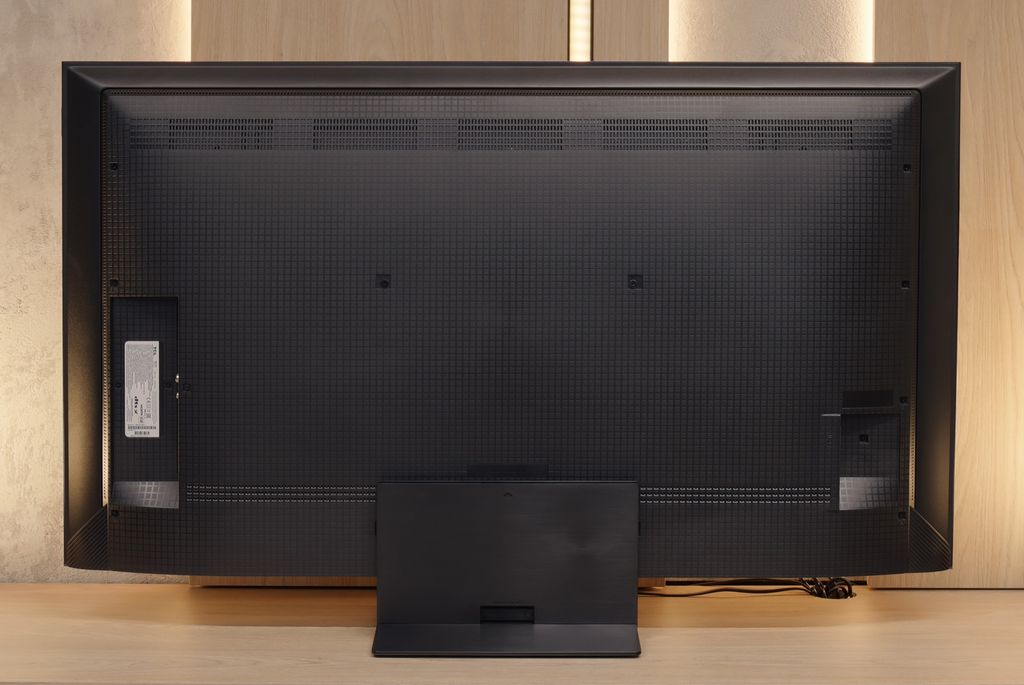
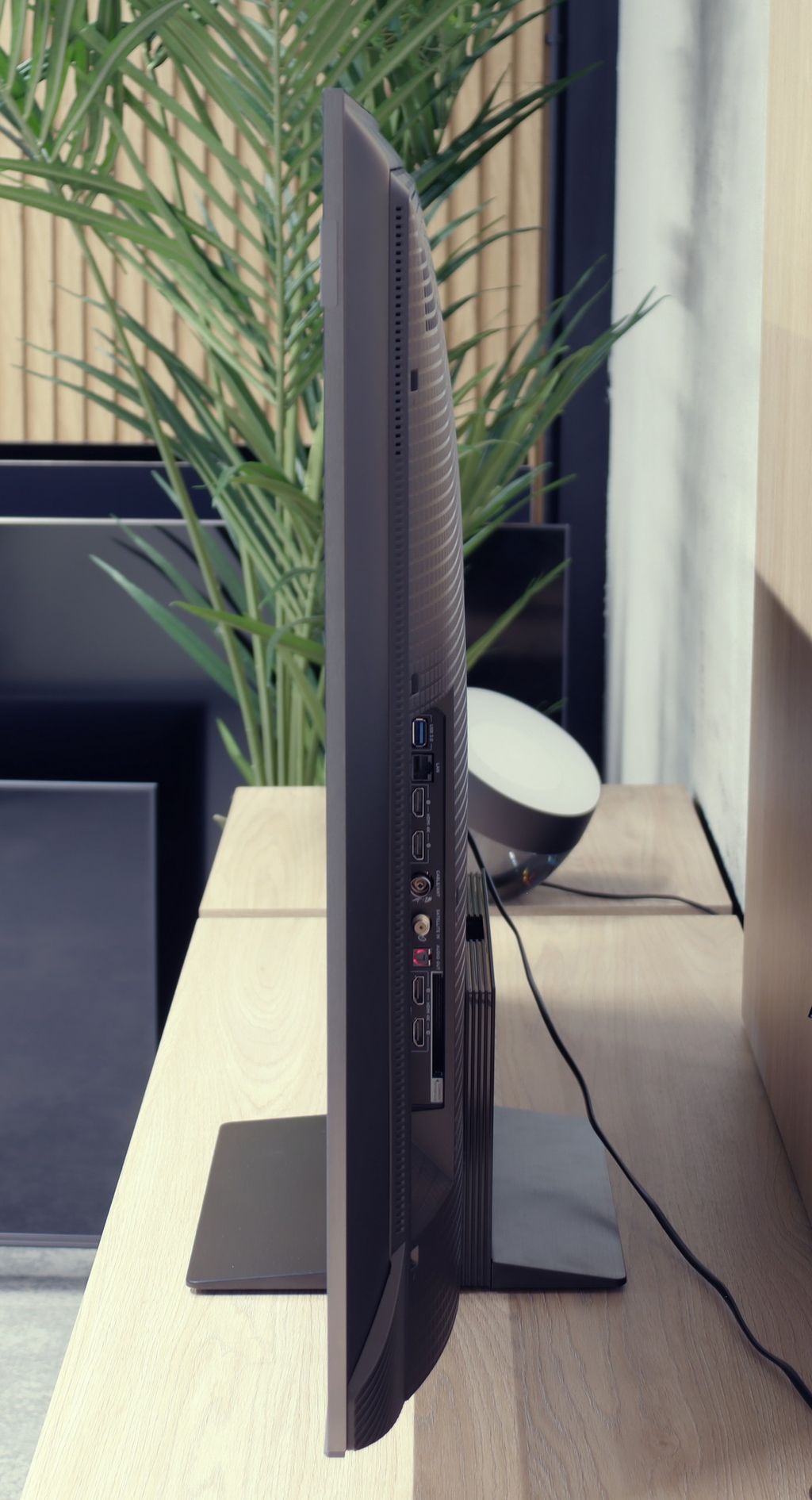
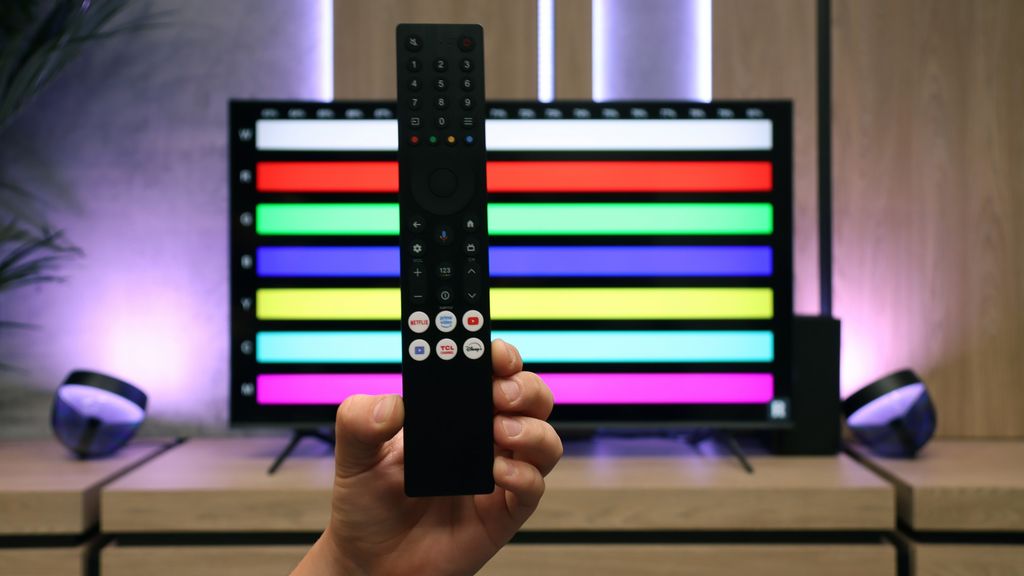
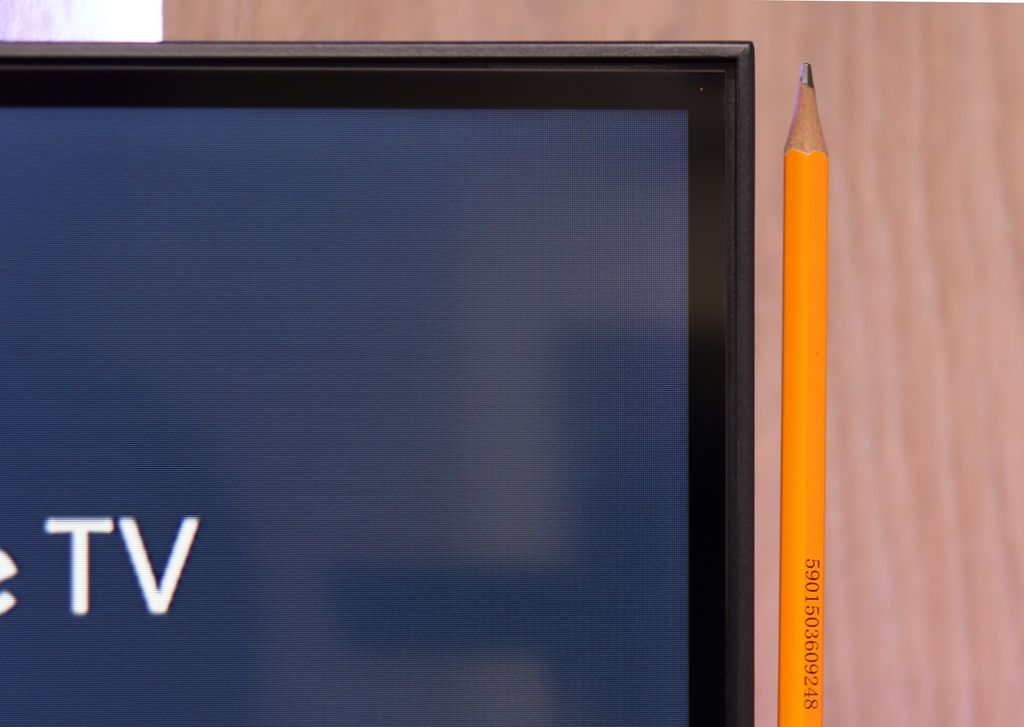

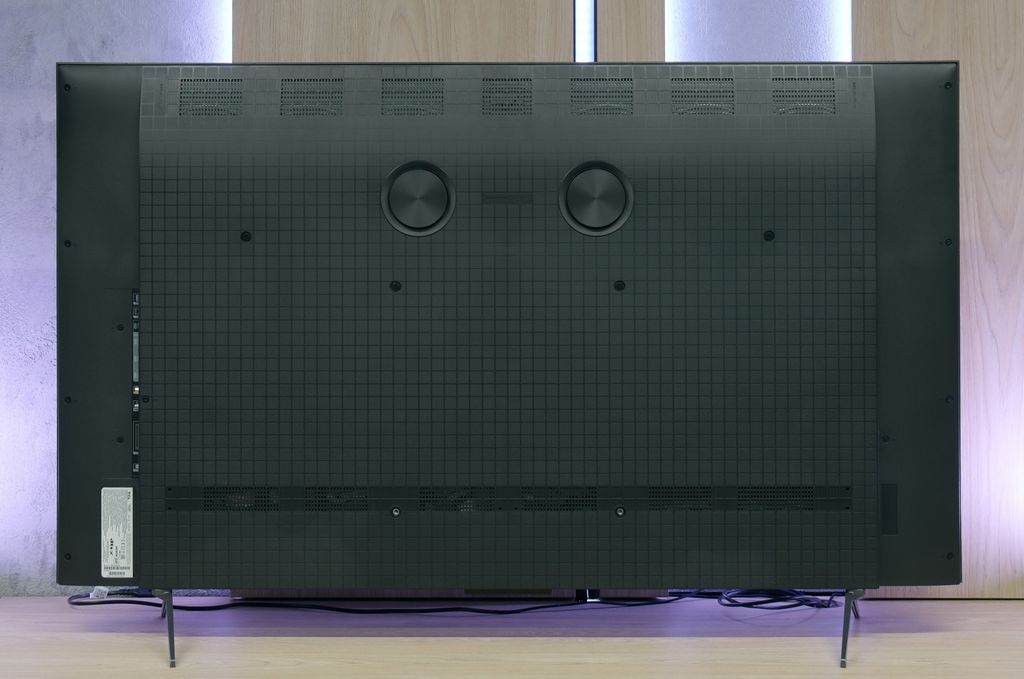
Contrast and black detail
7.1/10
7.5/10
Local dimming function: Yes, number of zones: 336 (14 x 24)
Local dimming function: Yes, number of zones: 180 (10 x 18)
Contrast:

Result
161,000:1

Result
18,750:1

Result
13,150:1

Result
6,300:1

Result
4,200:1

Result
129,650:1

Result
26,650:1

Result
12,900:1

Result
12,600:1

Result
6,250:1
Halo effect and black detail visibility:
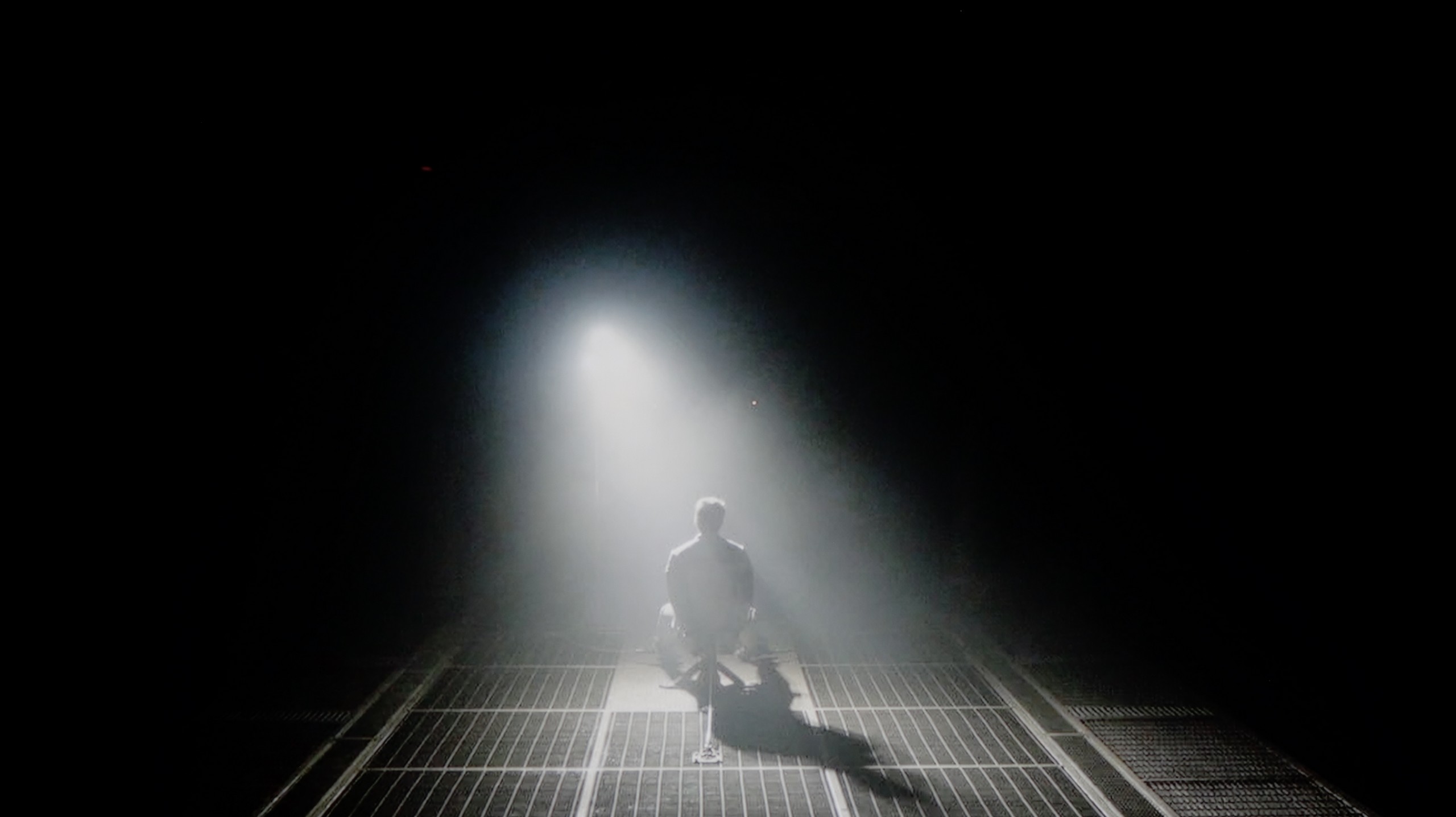
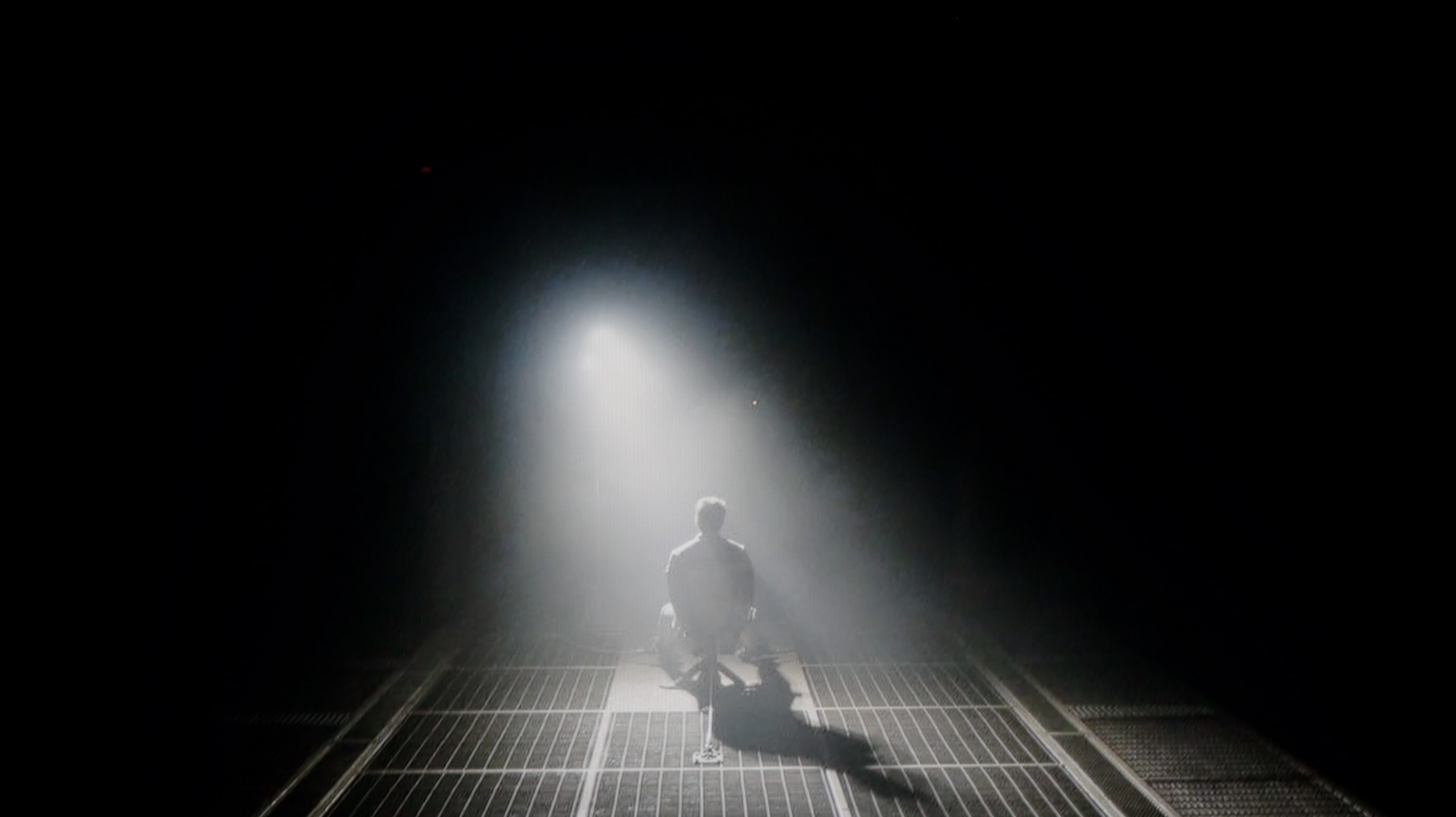
The 50-inch TCL C7K that we tested surprised us right from the start – it's the smallest model in the series, yet it comes equipped with a VA panel with MiniLED backlighting and – attention – as many as 336 dimming zones. For comparison: many significantly larger TVs from higher tiers would be eager to boast such a number. Here we have it in the 50-inch version. Sounds promising, right? So how does this translate into real movie-watching experiences? In the vast majority of tested scenes – very well. The contrast was so high that in measurements it even reached six-digit values, which in practice means very deep blacks and well-separated highlights. In scenes from movies like The Revenant or Oblivion, the effect was impressive, matching the best LCD screens in this class.
However, not everything went perfectly. Despite the impressive number of zones, their management was not always exemplary. In more complex scenes, where there are small light sources or a high level of detail, the TV had issues with the so-called halo effect (a glowing halo around bright objects) or with overly aggressive dimming of the image. In such situations, contrast could either collapse due to overexposing parts of the zones or, conversely – details in bright areas disappeared because the zones suppressed the light too much. Nevertheless, it's worth emphasizing that in the vast majority of scenes, the contrast was more than satisfactory. And considering the size of the TV and its price, the final effect will satisfy not just average users.
Let's move on to what tigers like best, which is black and contrast. If you were worried that the lower price of the C6KS model (C69KS/Q6CS) was due to drastic cuts in image quality, I have great news for you regarding black levels and contrast. In direct comparison with the more expensive C6K, the tested model hardly falls short at all. Just like in the higher series, we find a VA panel supported by a local dimming system. What’s most interesting – and here’s a big surprise – during the tests, we counted exactly the same number of dimming zones in the C6KS (of the same size) as in the tested more expensive counterpart! The black levels are very good. The contrast measurement results speak for themselves – for such a relatively inexpensive television, the black is deep and free from major issues that often plague budget models without local dimming. Of course, we can't cheat physics. We must expect that in very demanding scenes (e.g., bright text on a black background), we will sometimes notice undesirable effects such as blooming (halo effect around bright objects). However, this is not something that disqualifies this television – overall, the black levels are at a very decent, satisfying level.
HDR effect quality
5.4/10
4.9/10
Luminance measurements in HDR:

Result
1051 nit

Result
185 nit

Result
454 nit

Result
200 nit

Result
836 nit

Result
602 nit

Result
204 nit

Result
421 nit

Result
152 nit

Result
590 nit
Scene from the movie “Pan” (about 2800 nits)


Scene from the movie “Billy Lynn” (about 1100 nits)


Static HDR10


Dynamic: Dolby Vision
Dynamic: Dolby Vision


HDR luminance chart:
TCL C6KS / C69KS / Q6CS
HDR luminance
TCL C7K / QM7K 50"
HDR luminance
TCL C7K is one of the brightest MiniLED televisions in its price range. Under the best test conditions, the screen was able to achieve over 1200 nits, resulting in impressive, and at times blindingly bright scenes. And most importantly – this is not just a theoretical measurement. In practice, the brightest parts of movies can shine with true cinematic grandeur. Home HDR cinema fans should be truly pleased.
The impression is especially great in scenes with large areas of brightness – white skies, explosions, sun reflections, or magical sunsets can surprise with the intensity of light that rarely appears in this price range.
However, things get a bit worse when more challenging scenarios appear on the screen, which have been described in terms of contrast – meaning images full of details, with small bright elements against a dark background. In such cases, the C7K often chooses to retain black at the expense of brightness. An example? Scenes from the movies Sicario 2 or Life of Pi, where small light sources (like a distant lantern) can be less visible, and details in the lights are simply dimmed or blend into the background.
For many viewers, this may be an acceptable compromise – as we achieve deep blacks and pleasant image texture. Nevertheless, it is worth being aware that the visibility of small details in bright areas is not the strongest suit of this model. It is simply a technological limitation that still exists – even with over 300 zones.
And how does the issue of HDR look? Here the C6KS performs quite well and – as is becoming a recurring theme in this review – identically to the C6K model. The maximum brightness generated by this television is around 600 nits. In bright scenes, this translates to a really solid, cinematic effect, and generally, the video materials look good here. However, one must remember the specifics of the dimming algorithm in this model. When very small, bright points (e.g., stars) appear against a dark background, the television can dim them quite significantly. The goal is simple: to eliminate blooming and maintain the best possible black levels. It’s a reasonable compromise. Most viewers will definitely appreciate deep, “true black” more than additional micro-details that could cause grayness on the screen. Such is the nature of local dimming technology in this price range, and one must be aware of it. It’s also worth noting that the TCL C69KS (C6KS) has an additional PFS coating, which is marketed under the tagline of QLED technology. Thanks to this, the colors are saturated and vibrant – our measurements showed that the coverage of a wide color gamut reaches 92% here.
Factory color reproduction
6/10
5/10
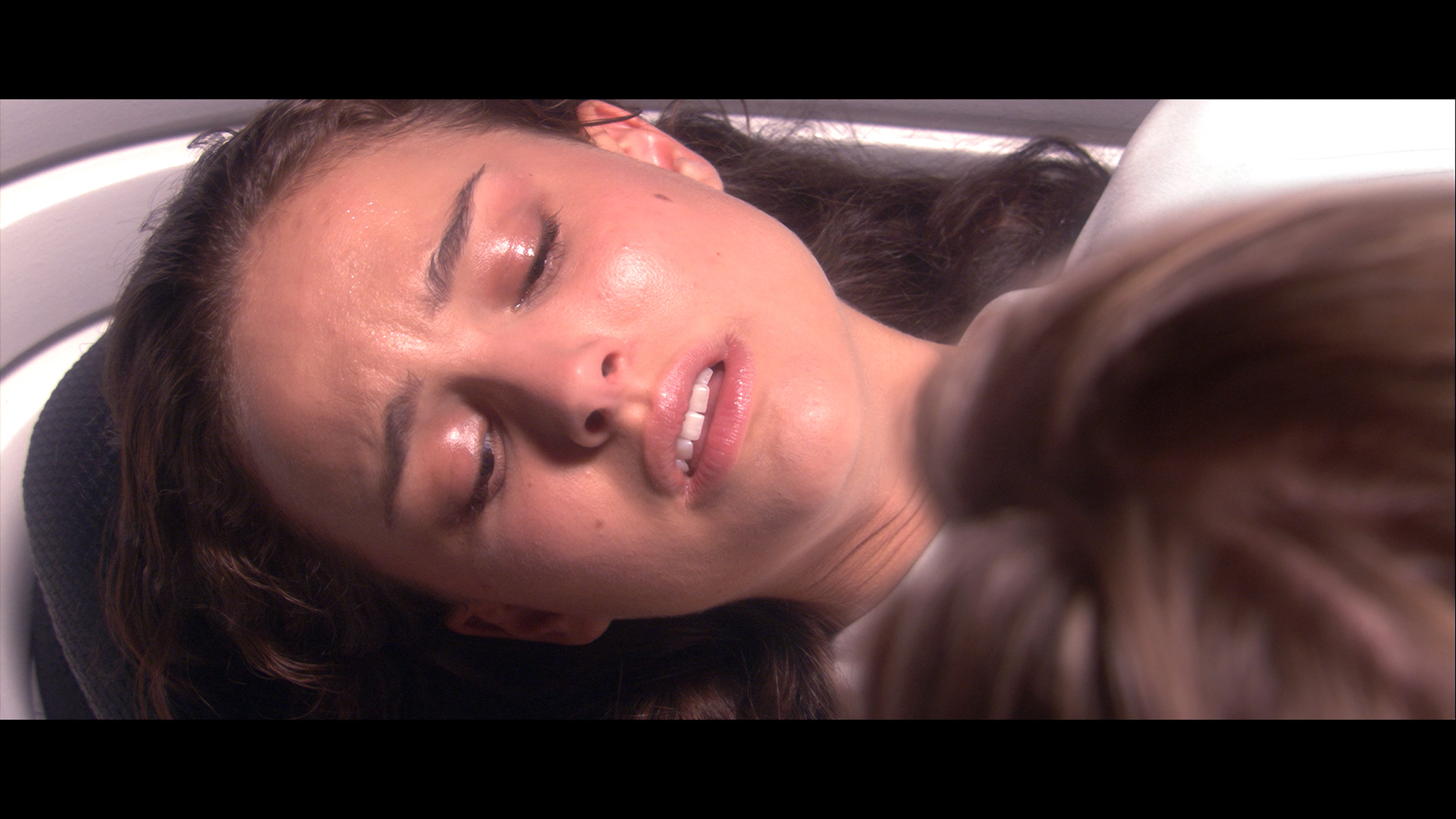
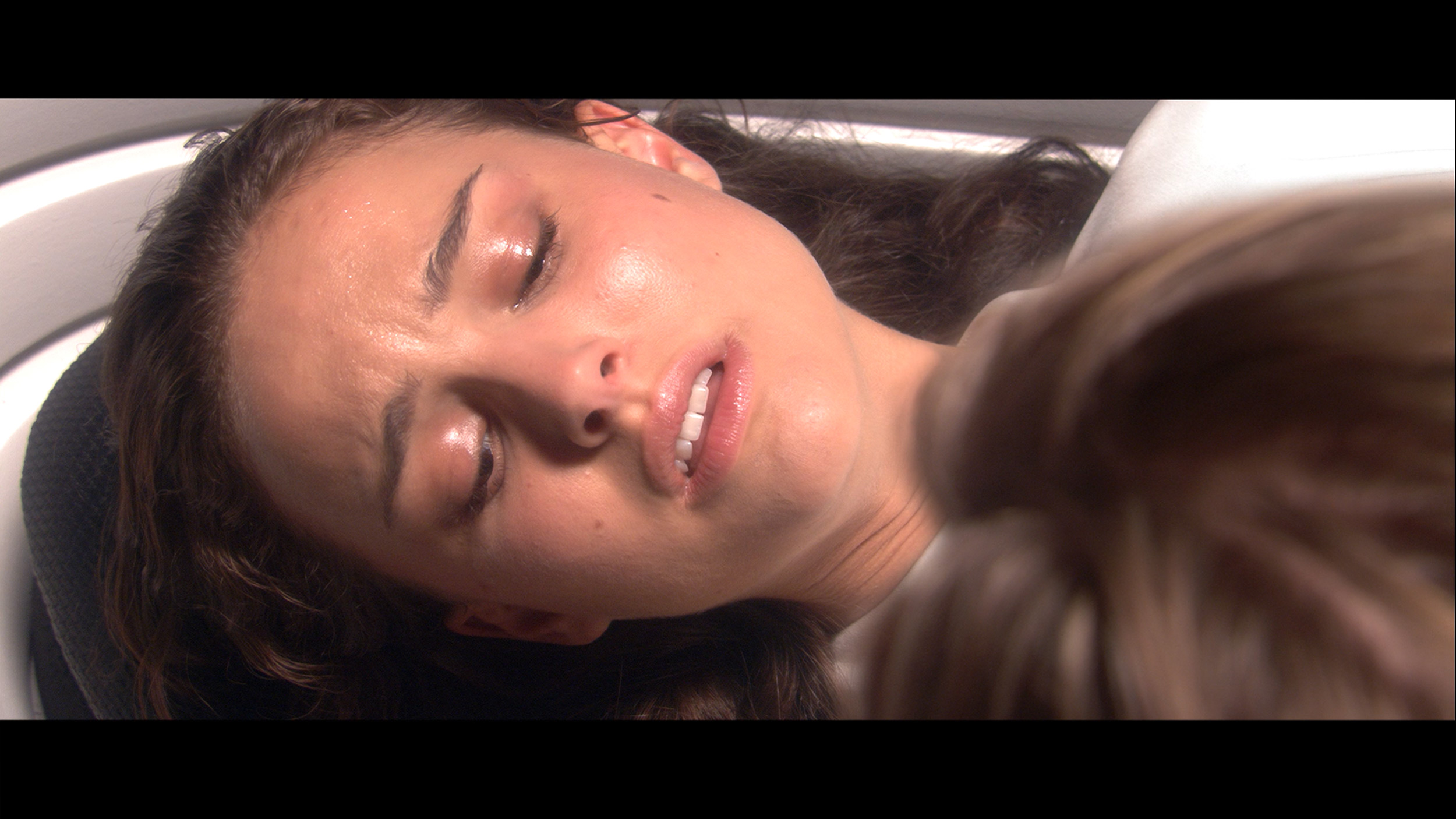
Factory Mode
After calibration
A new feature in TCL televisions for 2025 is the long-awaited Filmmaker mode, which until now could be found in most competitive brands. This is great news because this mode is considered the truest to the original vision of the creators and is often recommended by enthusiasts of good image quality. Unfortunately – as is often the case – the mere presence of this feature does not guarantee perfection. The Filmmaker mode in the TCL C7K is not free of flaws. One could point out the incorrect white balance, particularly the slight dominance of blue, which caused cool, somewhat grayish skin tones. But that was not the biggest problem. The main complaint was excessive brightness exposure, which is clearly visible on the gamma and EOTF graphs. The image was simply too bright, at times even blown out, which affected not only the plasticity of the scenes but also the overall viewing experience. Some details simply got lost, and the whole image looked as if someone had overdone it with the brightness slider. As always – we decided to see what could be squeezed out of it after calibration. And this is where things got really interesting...
Unlike the more expensive C6K model, the tested C6KS does not have an option labeled Filmmaker Mode in the menu. Is this a reason to cry? Absolutely not. Our tests have shown that in practice, in terms of color reproduction, the absence of this specific label makes virtually no difference. The best available Film/Cinema mode here offers nearly identical picture characteristics to the aforementioned Filmmaker mode in the more expensive model. So we get a very similar image, just under a different name. So if you were wondering whether paying extra for the C6K gives you better colors – the answer is: no, in both cases the base is the same and requires slight adjustments.
Color reproduction after calibration
7.5/10
7.5/10




After calibration, the TCL C7K showed itself in a really good light, especially when it comes to SDR content. We managed to fine-tune the white balance, color gamut, and brightness characteristics so precisely that color errors on the ColorChecker palette dropped below a value of 2. For the uninitiated – this is an almost perfect result, meaning that the image is very close to what the creators intended. Unfortunately, it was less impressive with 4K HDR content. Although we managed to slightly calm the white balance and correct its earlier errors, it is still evident that the TV has certain "MiniLED traits," especially in managing brightness. When we checked how the C7K performed with the EOTF curve on real movie scenes rather than just synthetic test patterns, it turned out that the screen still has a tendency to slightly brighten the entire image. This affects the overall experience – the black loses some depth, and the image becomes less contrasty than it should be. Despite these minor shortcomings in HDR content, the overall reception of materials – especially in SDR – is really very good. After calibration, the C7K can display an image that can successfully compete with much more expensive models. Good color tuning, natural skin tones, and pleasant brightness make movie sessions and everyday content viewing more than satisfactory.
Thanks to the white balance adjustment, the tendency of the C69KS to distort colors has been effectively reduced, leading to a very good final effect. After calibration, we won't see excessive warmth in SDR scenes or overly cool tones in HDR. However, it's worth noting the brightness characteristic. In SDR content, there are hardly any objections – the image looks very good, especially in older films, television programs, or materials from YouTube. It is much more difficult to evaluate the performance of the television in HDR. Analysis of the EOTF curve suggests correct behavior, but its practical variant shows certain limitations. The C69KS can overly brighten the smallest elements of the frame, while at other times it can dim the entire scene. Calibration has therefore brought clear benefits in terms of color reproduction, but certain limitations arising from the operation of local dimming and the way it is controlled by the C69KS cannot be avoided, as we also saw in the C6K test.
Smoothness of tonal transitions
8.6/10
4.8/10




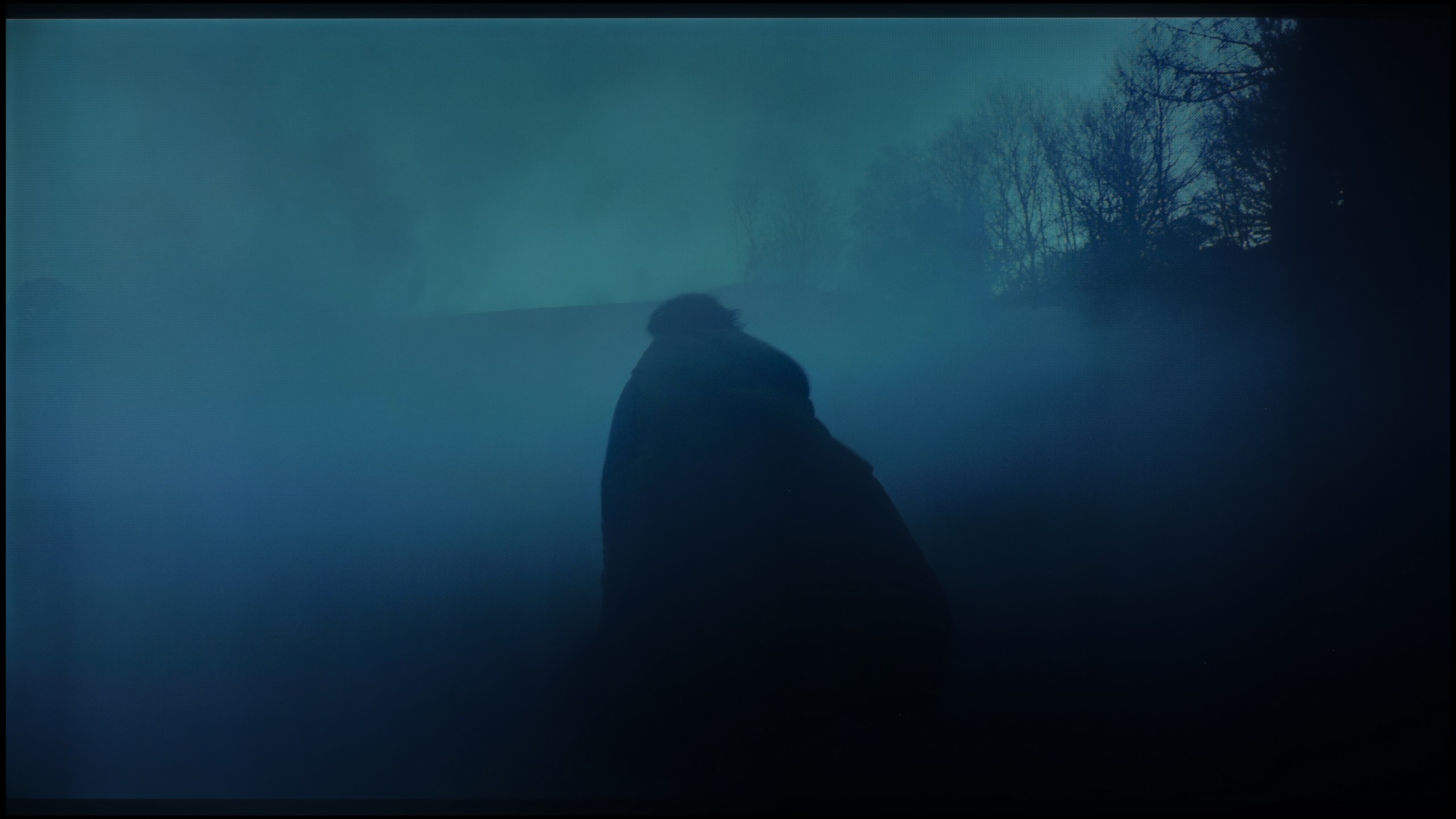







The TCL C7K handles color gradation very well – in most tested scenes, tonal transitions were smooth, and colors blended together without visible contours or artificial “blot” effects. In everyday use, it’s hard to find fault with it – the image looks natural, without irritating transitions or digital artifacts. Some limitations only appear in very dark tones – especially in a heavily muted gray palette, where the TV may struggle to reproduce ideal gradation. But this is absolutely understandable, because even many significantly more expensive models in this range simply give up. Fortunately, these situations are rare and do not significantly affect the overall perception.
Looking solely at the smoothness of tonal transitions, the C69KS gives no real reason for complaints. The gradation of colors proceeds correctly, and more challenging sequences do not reveal significant problems. Therefore, you might be surprised by the low score in this category. This is due to very strong dithering and artificially boosted "resolution," leading to a grainy and unnatural character of the image. For this reason, the final score is significantly lower, despite the correct gradation of the tonal transitions themselves.
Image scaling and smoothness of tonal transitions
5.5/10
5/10
Smooth transition function


Image without overscan on the SD signal


The TCL C7K features a function that, according to the manufacturer, is supposed to smooth out unwanted color transitions – something like a rescue for less successful tonal shifts. It's called "Gradual Smoothing" and... well, it sounds ambitious, but in practice, it works very poorly. Regardless of whether we set it to low or high, the difference is minimal. What's worse – the function can remove elements from the image that should remain. Fortunately, film grain remains untouched, so at least it doesn't smooth everything indiscriminately, but still – it's better to just turn this option off.
As for scaling lower-resolution content, it's already better. SD and HD materials look quite decent, though sometimes we had the impression that the image loses sharpness and becomes too soft – as if something took away its clarity. Fortunately, at very low sources (e.g., 576p), there was no overscan effect, meaning the image was not artificially cropped – everything fit on the screen as it should.
C69KS handles upscaling quite well. The tested 576p material looks surprisingly decent – a significant amount of detail is preserved, and the algorithm adds a subtle "rounding" effect to sharp edges, making the image appear more cohesive. However, the smoothing of tonal transitions is lacking. The television practically cannot improve them, leaving the image in a somewhat raw state. With older materials, this can be simply exhausting, as the lack of additional processing highlights all imperfections.
Blur and motion smoothness
8.1/10
4.9/10
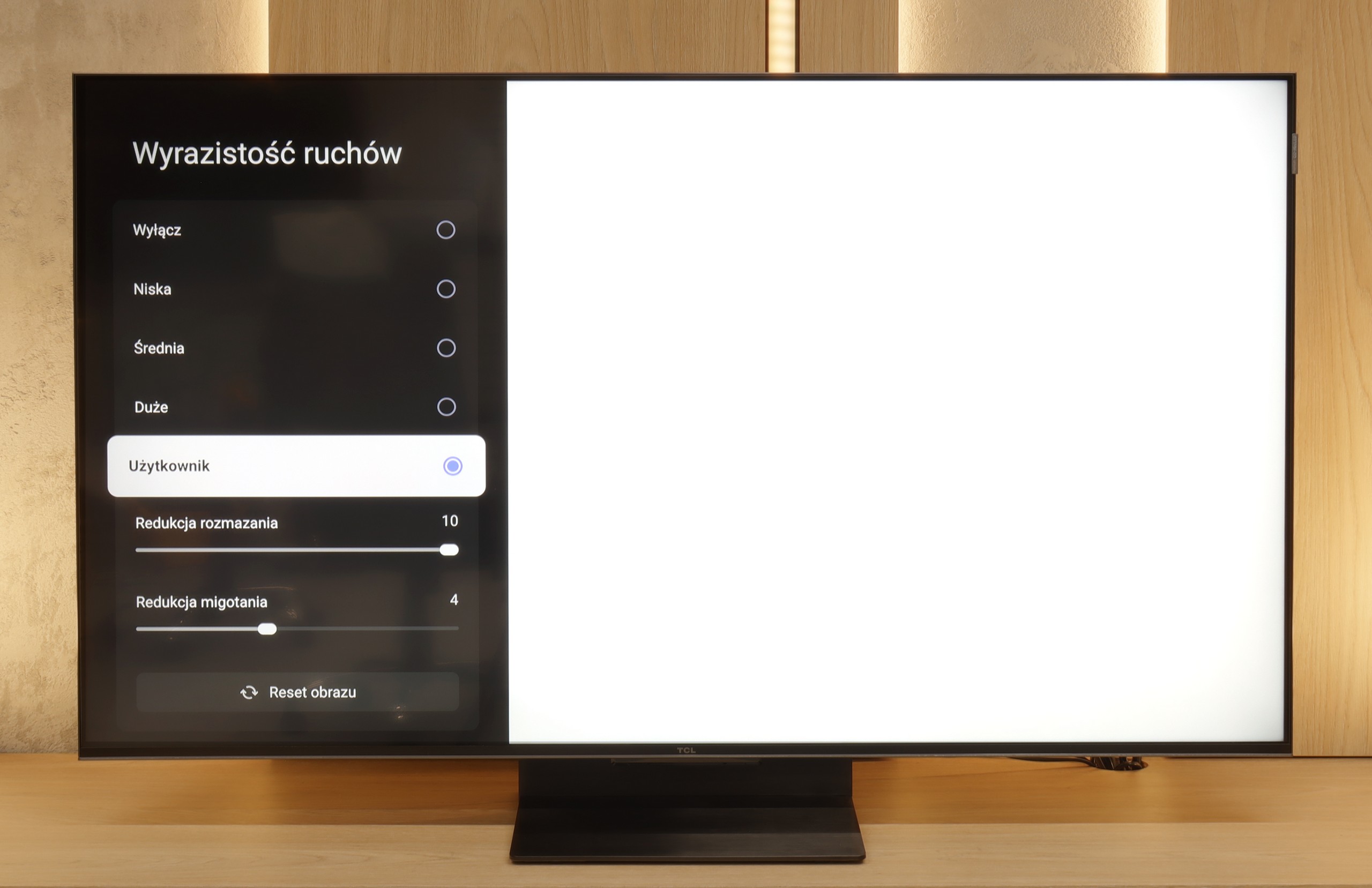
Blur (native resolution, maximum refresh rate):






Blur (BFI function enabled):



Blur (4K 144Hz):



Blur (4K@144Hz):


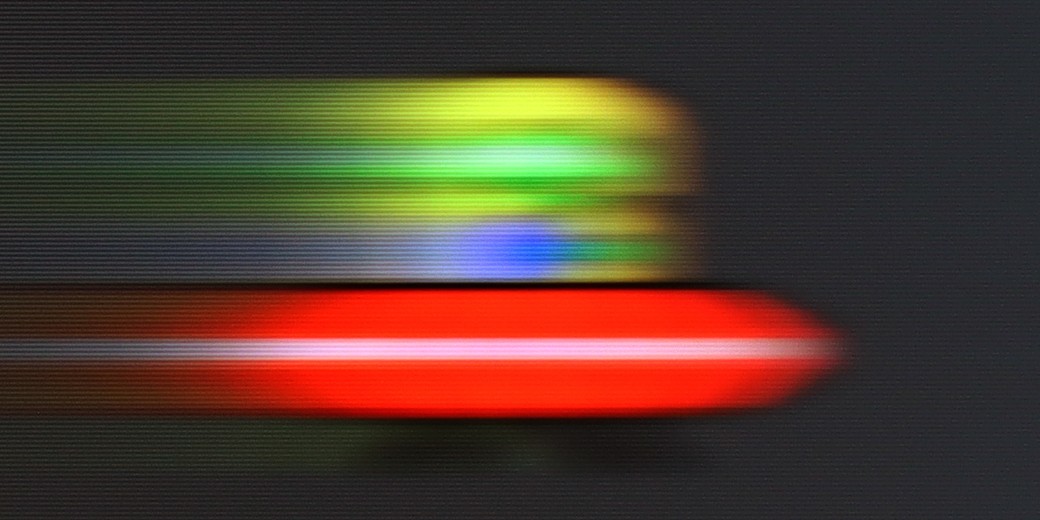
TCL C7K handles motion smoothness really very well. The matrix used in it offers a refresh rate of 144 Hz, which already suggests that this TV is something more than just an ordinary "60 Hz" panel. Moreover – if we connect the C7K to a computer and set the resolution to Full HD. But we will write more about this in the paragraph about gamers and PC cooperation. Returning to everyday use – both sports and movies look very good here. Thanks to the fast panel and well-functioning motion smoother, the C7K is perfect for watching matches, but also for movie screenings. In the menu, we will find two sliders – blur reduction and flicker reduction – which allow us to adjust the motion smoothness effect to our own preferences. At lower settings, we get a more cinematic effect, with slight frame motion. At higher settings – the image becomes more theatrical, smooth to the point of exaggeration. Everyone can set it to their liking.
C69KS offers a simplified motion improvement panel in movies, allowing you to adjust the intensity of the effect using a slider. This makes it easy to match the smoothness to your own preferences. The possibility of using higher refresh rates is also a plus – even though the panel operates natively at 4K at 60 Hz, lowering the resolution to 1440p allows you to enable 120 and 144 Hz modes, both on consoles and PC. This sounds like great news, but in practice, the image at these settings suffers from significant motion blur. The effect is noticeable enough that the overall experience feels simply mediocre and loses its appeal in everyday use.
Console compatibility and gaming features
9.8/10
8/10
- ALLM
- VRR
- VRR range48 - 144Hz48 - 144Hz
- Dolby Vision Game Mode
- Correct implementation of HGIG
- 1080p@120Hz
- 1440p@120Hz
- 4K@120Hz
- Game bar
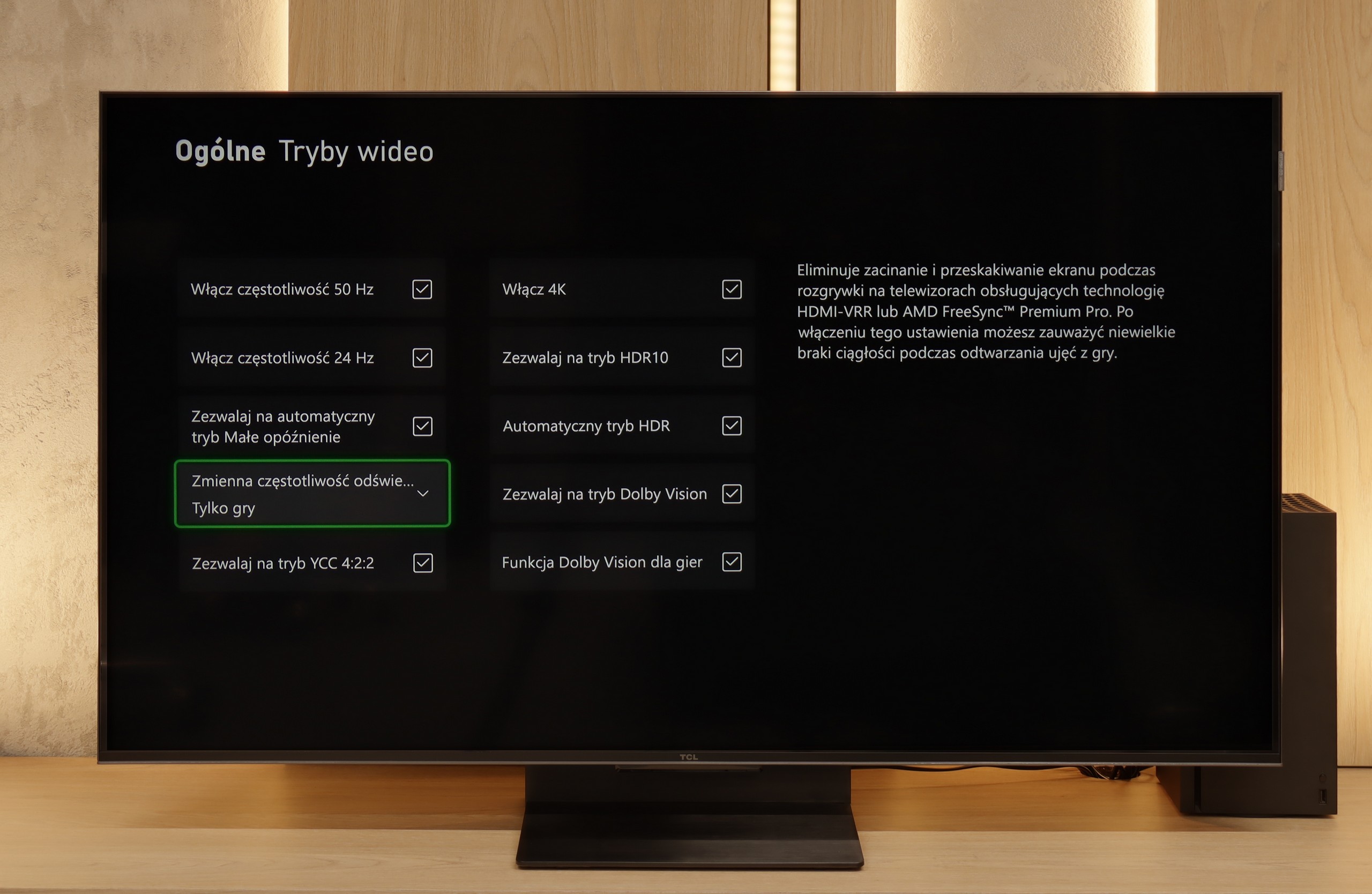


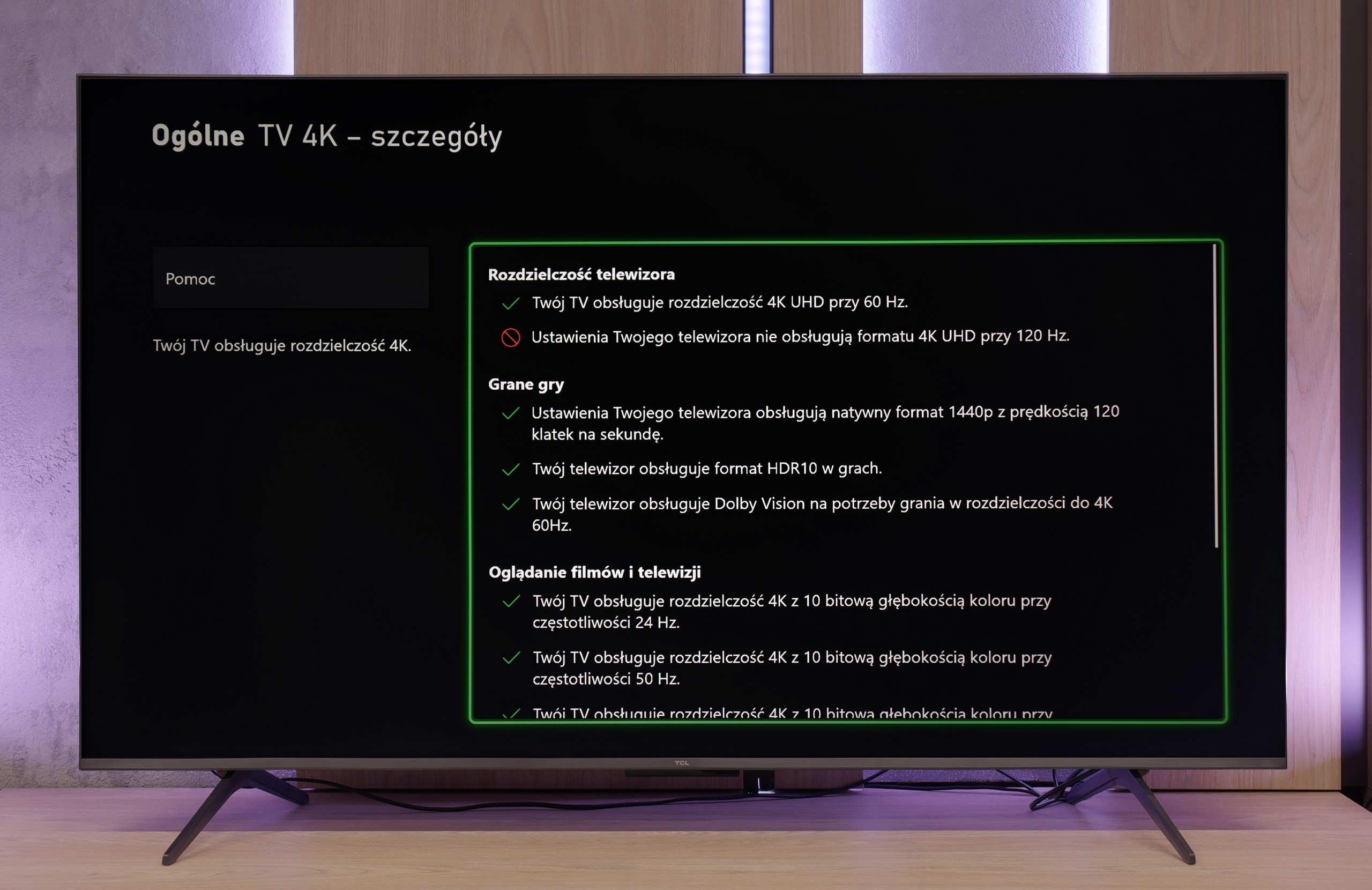
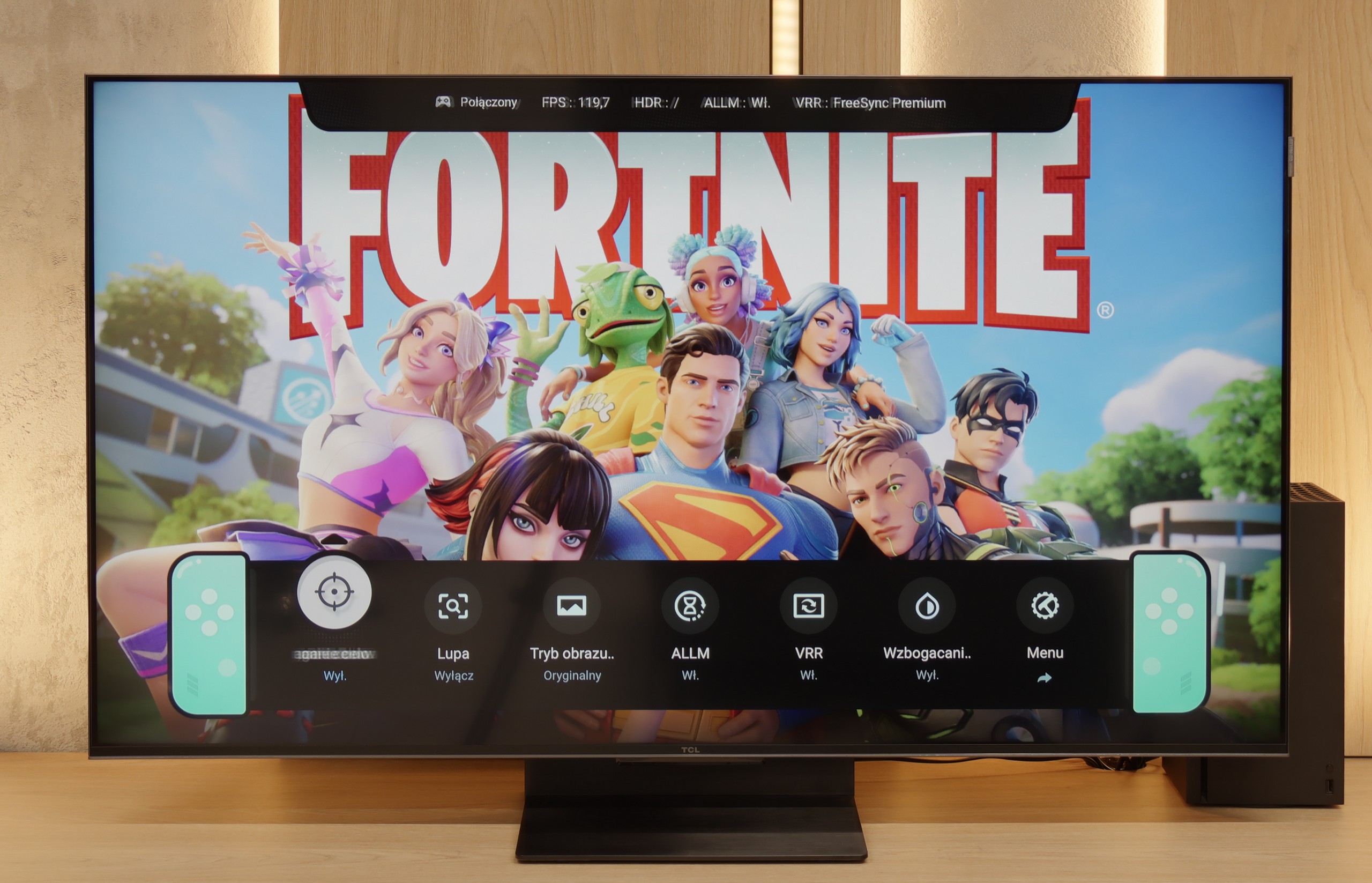

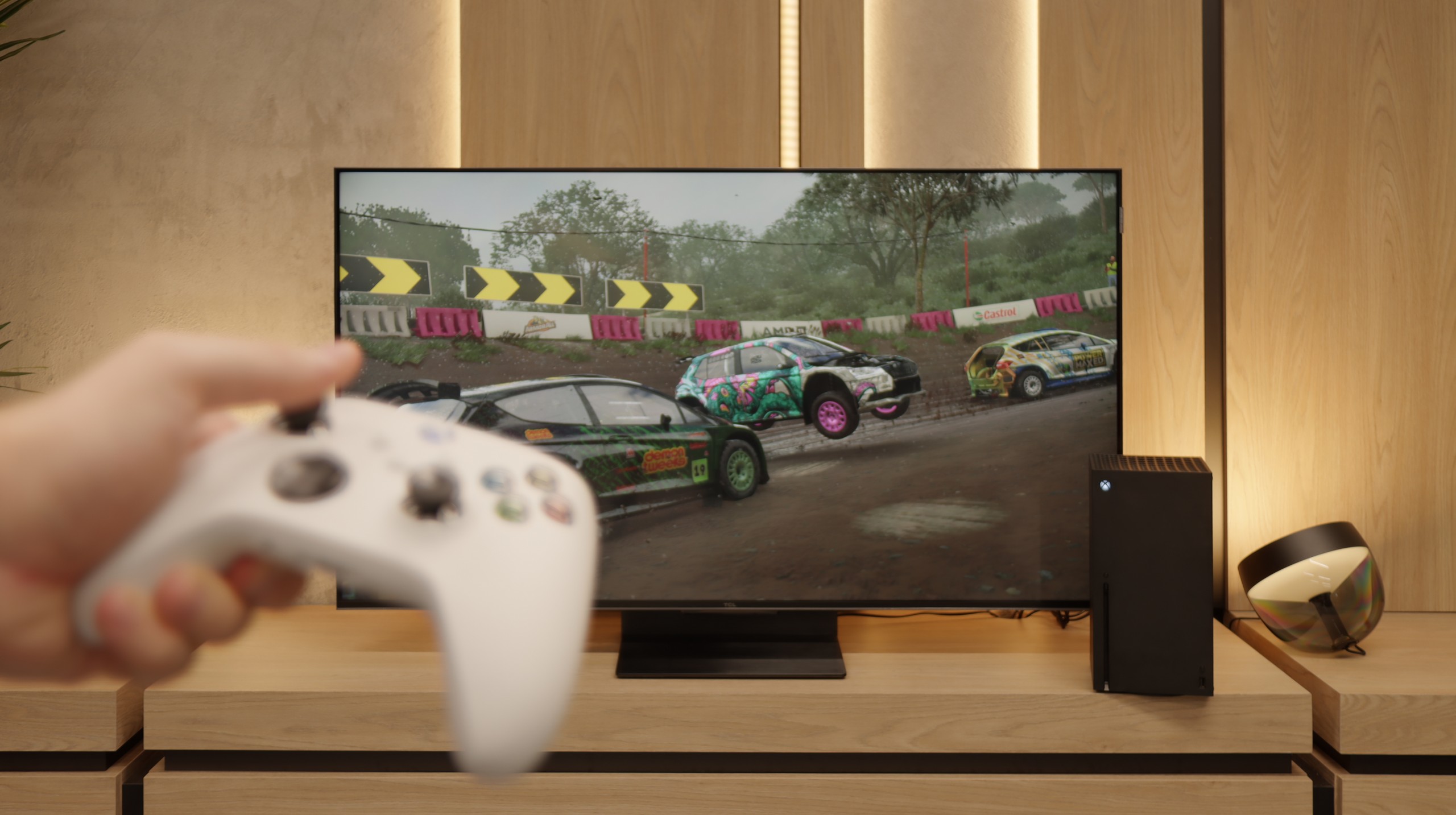

TCL C7K is a TV that looks like the dream equipment for gamers on paper – and most importantly, it also performs well in practice. First, the good news: we have two HDMI 2.1 ports with full bandwidth, so we can easily connect both a console and a computer, taking full advantage of their capabilities. The panel itself supports 144 Hz refresh rate, which provides a significant advantage in dynamic games. Additionally, it comes with a full package of gaming features: VRR (Variable Refresh Rate), ALLM (Auto Low Latency Mode), and Dolby Vision support in games. There is also an HGiG mode, which allows for HDR effects that align with the creators' intentions. GameBar, which is an information bar for gamers. It operates quickly, looks clear (like a Nintendo console👌), and shows what’s most important: the current frame count, VRR status, and even HDR parameters.
If we overlook the smearing and lack of native 4K at 120 Hz, the C69KS impresses with how well it performs during gaming. We get everything you can expect from a gaming television: variable refresh rate (VRR), automatic switching to game mode (ALLM), Dolby Vision Gaming mode, and a reasonably functioning HGiG. The TV can also operate at 120 and even 144 Hz at lower resolutions, allowing for smoother gameplay on console or PC. Additionally, there is a clear Game Bar that lets you quickly glance at key settings during gaming. As a result — despite a few limitations — the C69KS can be a truly successful screen for gamers.
Input lag
9.7/10
10/10
SDR
HDR
Dolby Vision
When it comes to delays, the C7K doesn't give any reasons to complain. In games at 120 Hz, the input lag is around 10 ms, which means the television responds really quickly. Interestingly, even in Dolby Vision mode, the result is very similar, which is not always the standard. Good job, TCL. At 60 Hz, the lag obviously increases a bit, but that is completely normal and applies to virtually any television with a refresh rate of 120Hz and higher. The most important thing is that everything still runs smoothly and there is no feeling that something is not responding to our actions.
TCL C6KS performs very well here — the latency drops below 10 ms, which makes reactions in games instantaneous. This is an excellent result in this class and definitely good news for those playing dynamic titles.
Compatibility with PC
8.4/10
1.7/10
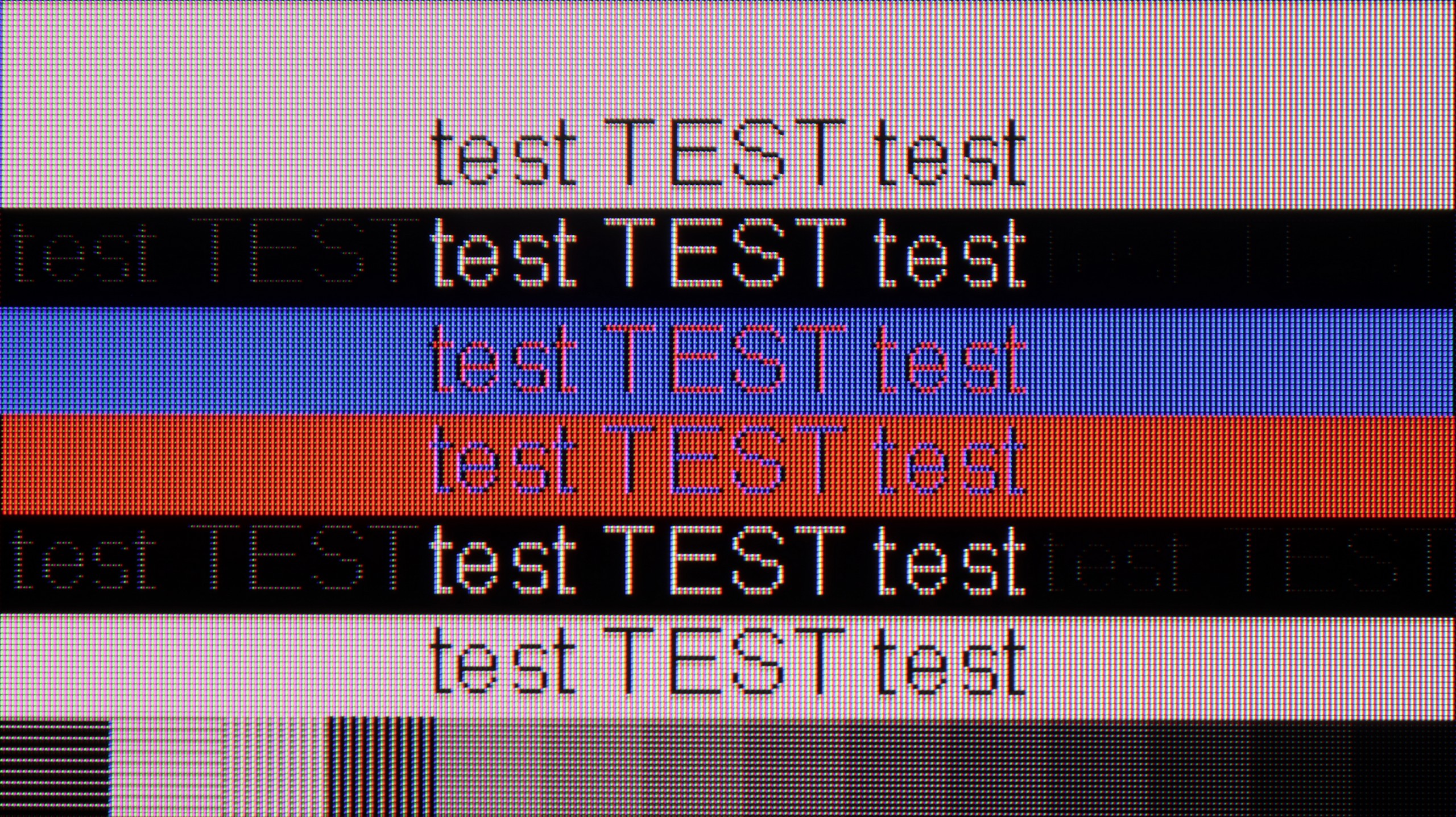
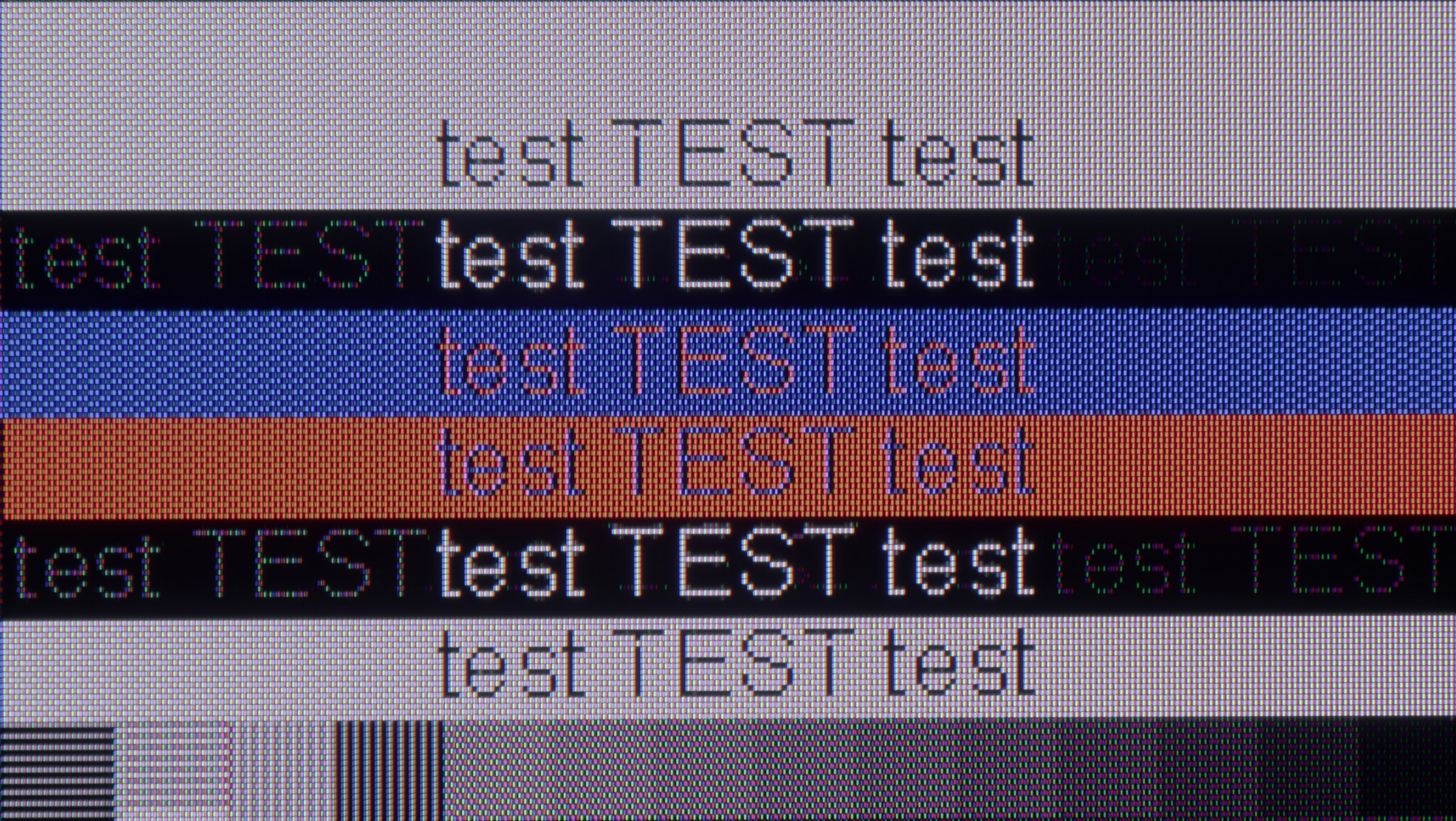
If we intend to connect the C7K to a computer – especially for gaming – there’s definitely something to play with. We have 4K at 144 Hz, which sounds great on its own, but if we drop the resolution, the TV can display even 280 Hz. In e-sports, where every fraction of a second counts, this makes a real difference. On top of that, there's support for G-Sync and FreeSync, so regardless of what graphics card we have – the image will be smooth, without any stuttering or tearing.
But if we plan to put the C7K on a desk and use it like a monitor, it’s a little less “rosy.” Sure, it supports chroma 4:4:4, so fonts should be sharp, but with very dark letters, there’s a slight blurring and dimming of the edges. It’s not something that immediately stands out during gaming or watching, but when working with text – it can be distracting. In everyday use – probably without concerns, but if we plan to place a 50-inch screen a meter from our face, it’s worth keeping this in mind.
Besides the previously mentioned option of operating at 144 Hz at lower resolutions, the C6KS offers nothing that would encourage its use as a monitor. The fonts look really poor—the darkest ones have a distinct rainbow glow, and standard text is surrounded by strange artifacts. The effect is noticeable enough that extended work at the computer can be simply exhausting.
Viewing angles
3/10
2.7/10
There are no surprises here – the C7K has classic viewing angles for a VA panel. That is: sitting directly in front – it’s great. Colors look good, contrast is strong, everything is in place. But just shifting a little to the side and it starts to get worse – the image loses saturation, blacks turn gray, and the overall impression diminishes a bit. So if we plan to watch together with a few people or have a couch that takes up half the living room – it’s worth seating everyone more centrally. You can watch from the side, but don’t expect miracles – that’s just a characteristic of the VA panel.
The viewing angles in C6KS are very poor, typical of VA panels. This is a compromise we pay for by choosing high contrast — the image looks good head-on, but any significant deviation quickly results in drops in brightness and saturation.
Daytime performance
6.1/10
6.6/10
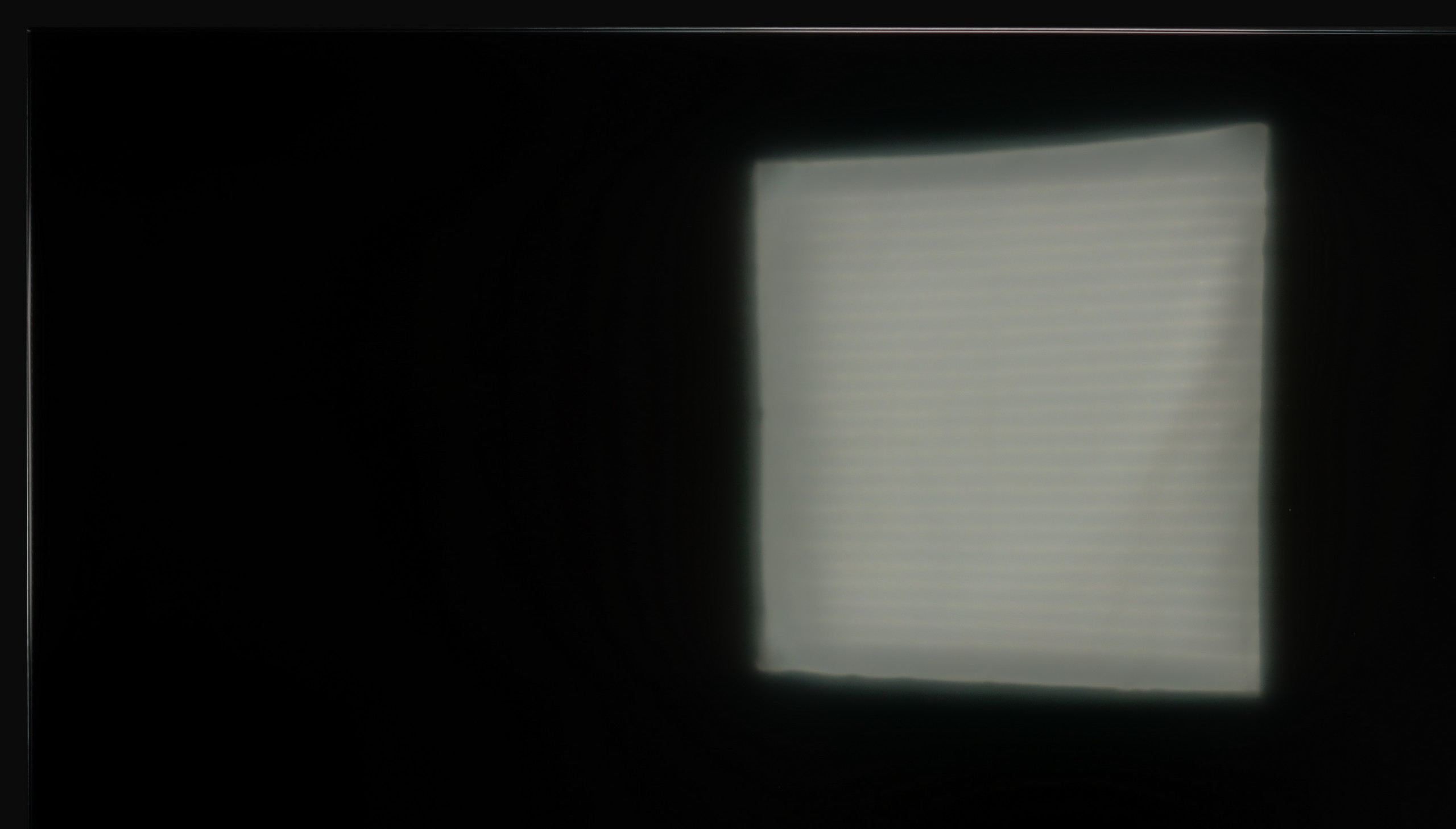
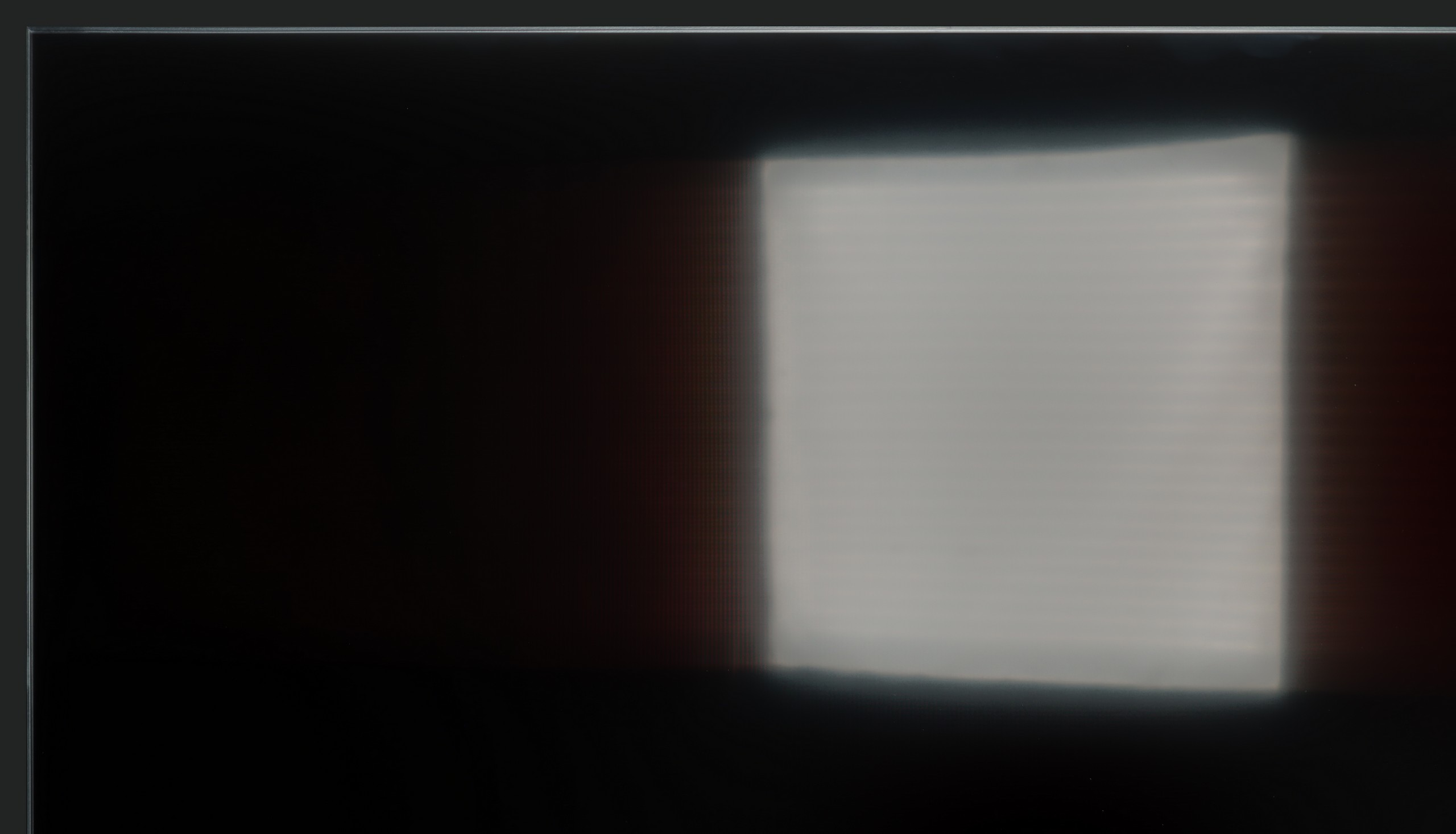


Panel brightness
Average luminance SDR
TCL C6KS / C69KS / Q6CS: 527 cd/m2
TCL C7K / QM7K 50": 475 cd/m2
Fortunately, the TCL C7K performs quite well in a bright room. The applied matrix has a satin finish that effectively reduces reflections, so even on a sunny day, we don't have to worry about reflections from lamps or windows. Importantly, the colors maintain their intensity and do not wash out, as can happen with weaker matte panels. When it comes to brightness itself, the average for content like YouTube or regular TV is slightly below 500 nits. This is not a record result – for example, the MQLED85 (C765) performs better in this regard. However, for everyday watching during the day, it should work without major issues, as long as we don't plan to place it opposite a south-facing window without curtains.
C6KS performs really well as a TV viewing screen during the day. Its brightness of around 500–600 nits easily cuts through challenging lighting conditions. In addition, there is a satin finish that effectively reduces reflections. As a result, the television surprisingly holds up well during daytime viewing, even in brighter rooms.
Panel details
Subpixel Structure:
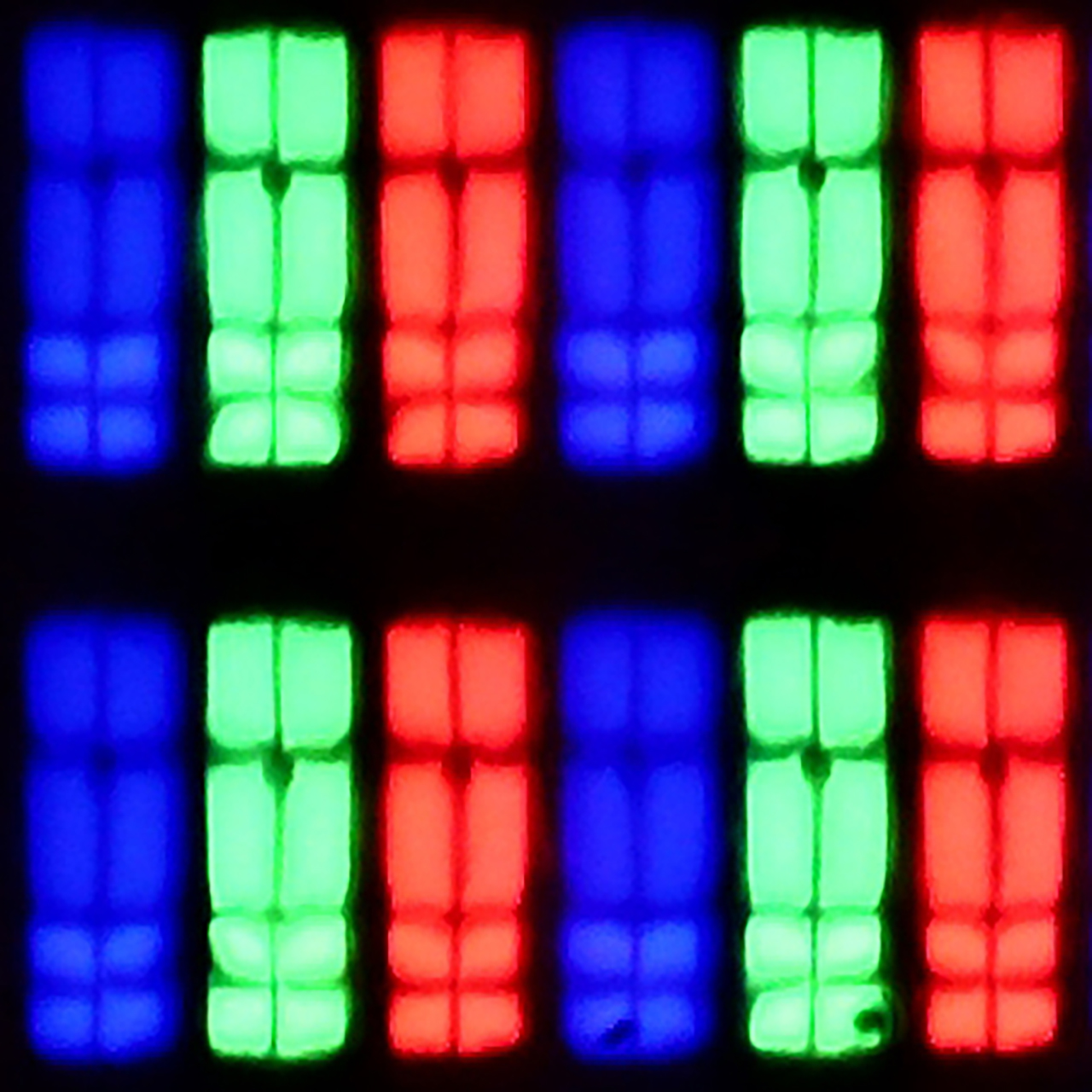
Panel uniformity and thermal imaging:

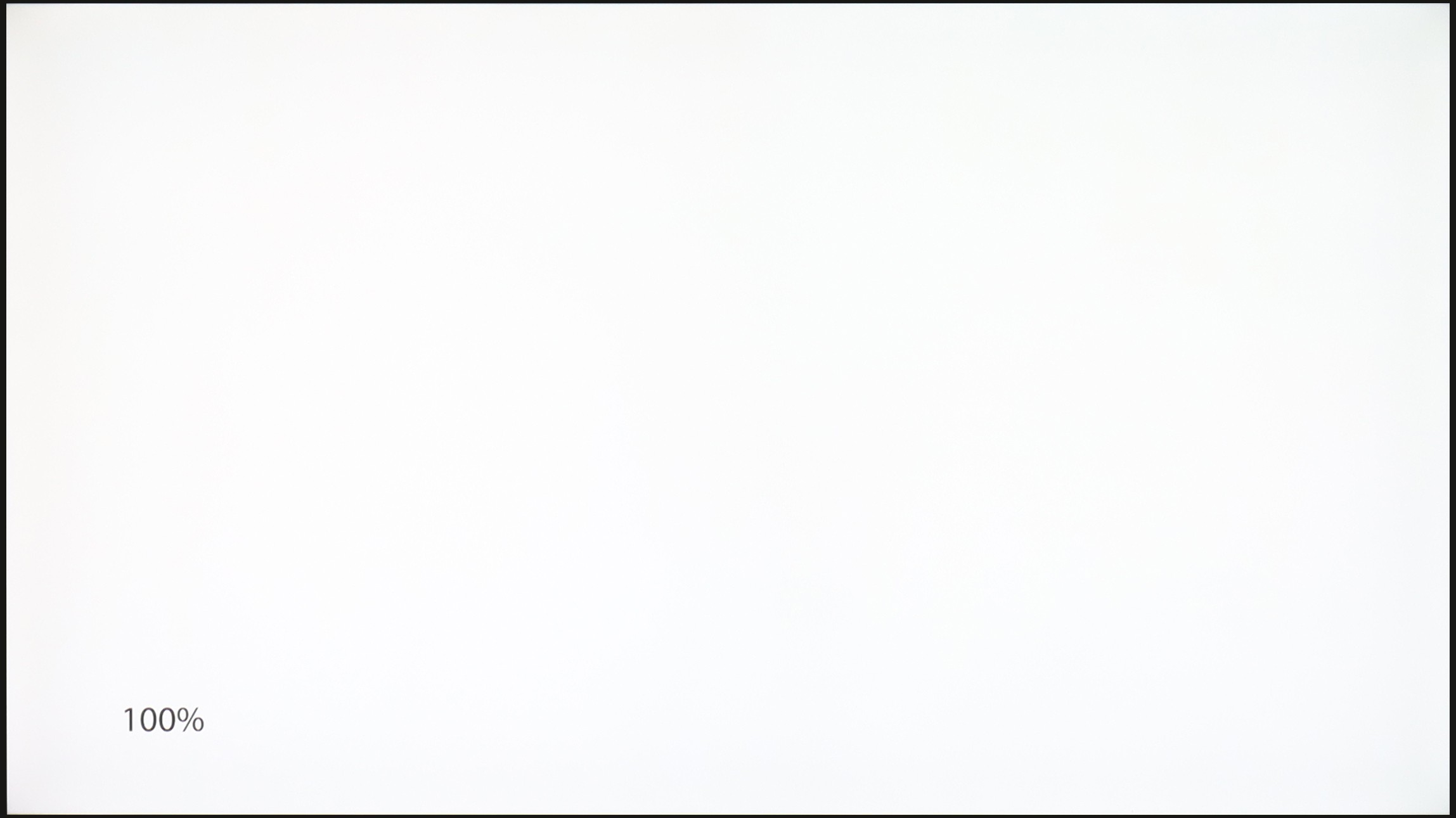
TCL C7K / QM7K 50"
TCL C6KS / C69KS / Q6CS
TV features
7.3/10
7/10
- HDMI inputs2 x HDMI 2.0, 2 x HDMI 2.1 48Gbps3 x HDMI 2.0, 0 x HDMI 2.1
- OutputsToslink (Optical audio), eARC (HDMI), ARC (HDMI)Toslink (Optical audio), eARC (HDMI), ARC (HDMI)
- Network InterfacesWi-Fi 2.4GHz, Wi-Fi 5GHz, Ethernet (LAN) 100MbpsWi-Fi 2.4GHz, Wi-Fi 5GHz, Ethernet (LAN) 100Mbps
- TV receptionDVB-T, DVB-T2, DVB-S, DVB-S2, DVB-CDVB-T, DVB-T2, DVB-S, DVB-S2, DVB-C
Classic features:
- Recording to USB (terrestrial TV)
- Recording programming
- Picture in Picture (PiP)
- RF remote control (no need to aim at the screen)
- Backlit remote control
- Teletext
- Audio only mode
- Bluetooth headphones support
- Simultaneous Bluetooth headphones & TV audio
Smart features:
- AirPlay
- Screen mirroring (Windows Miracast)
- Voice search
- Voice search in native language
- Ability to connect a keyboard and mouse
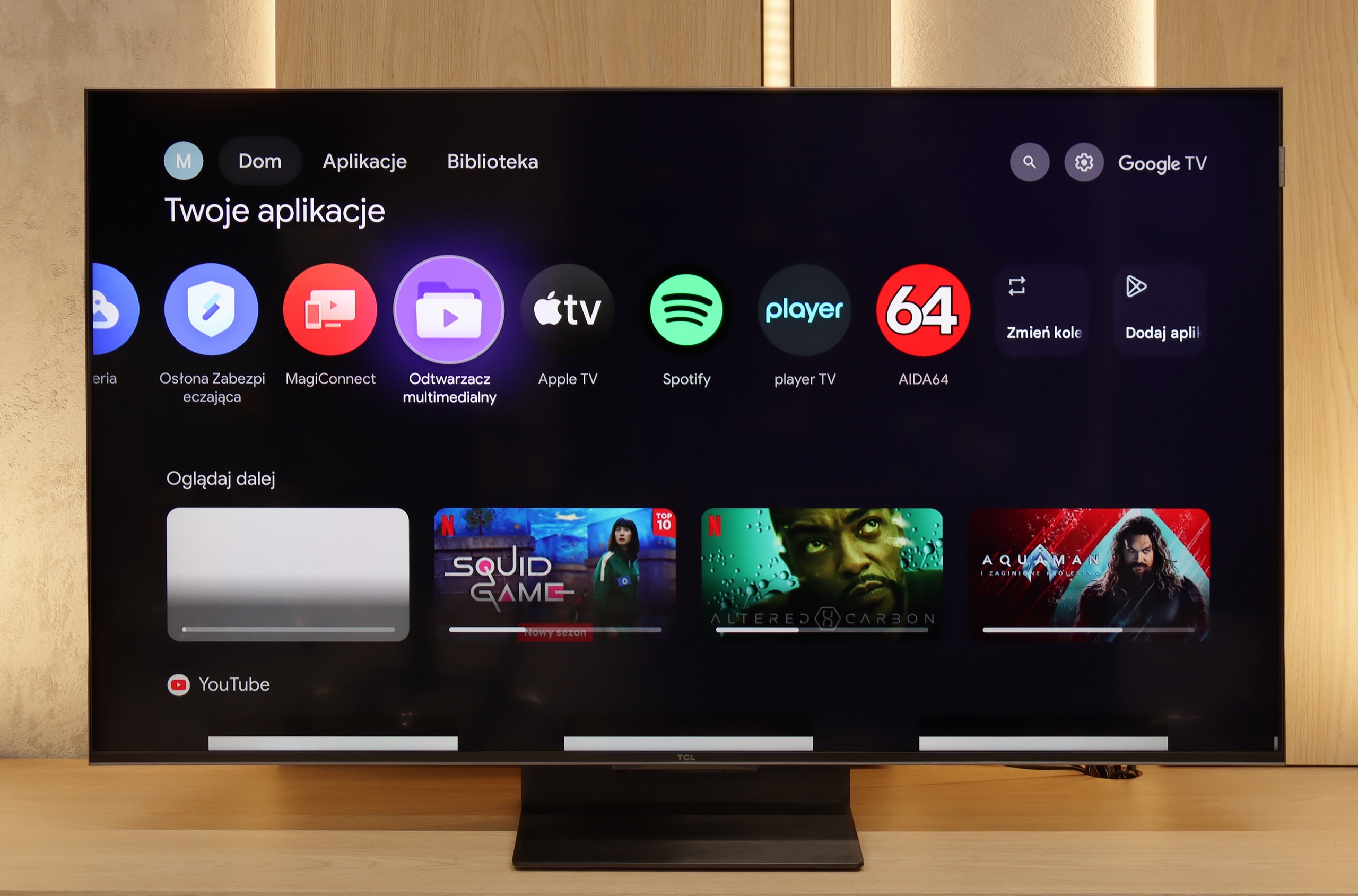
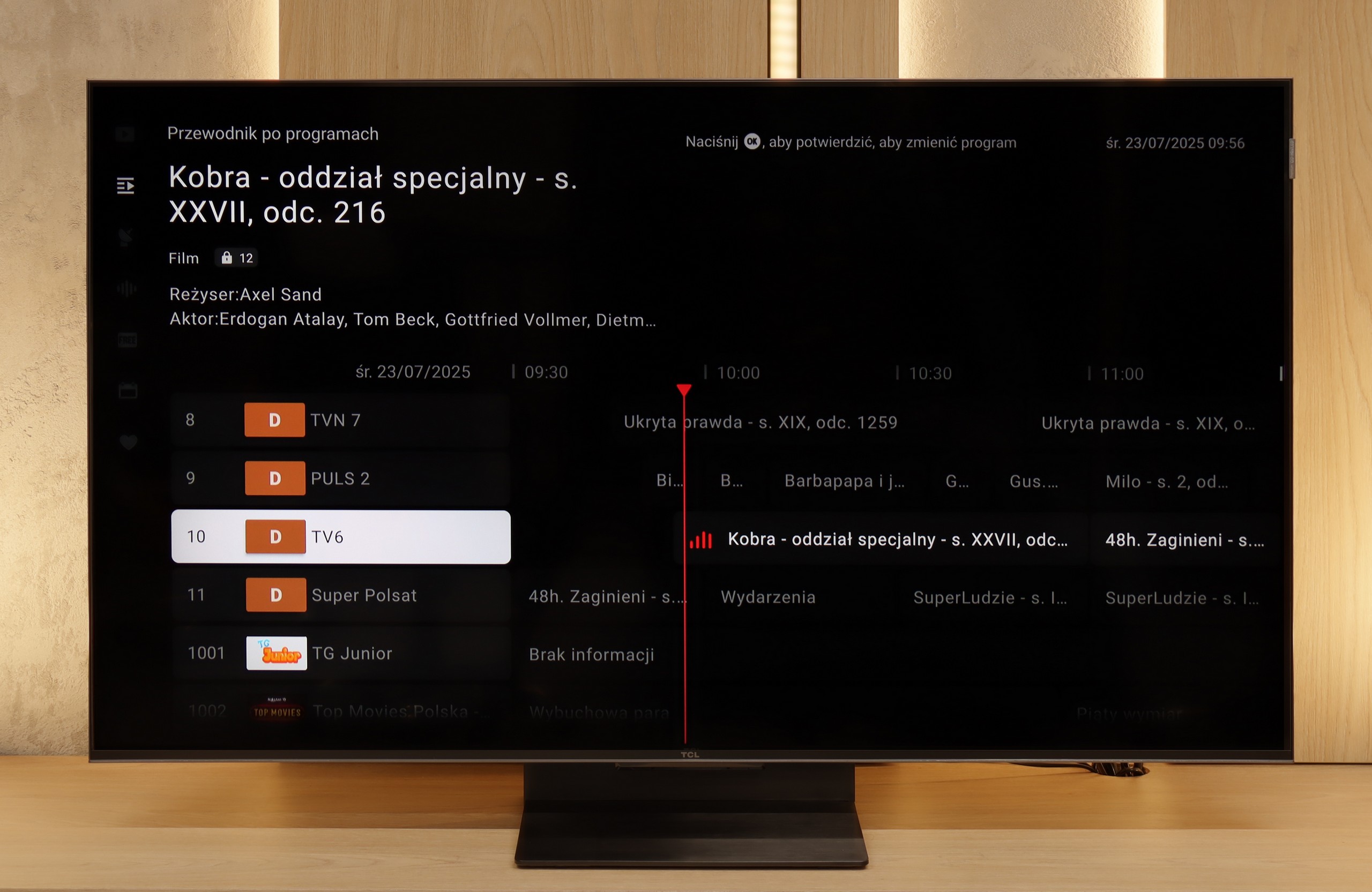

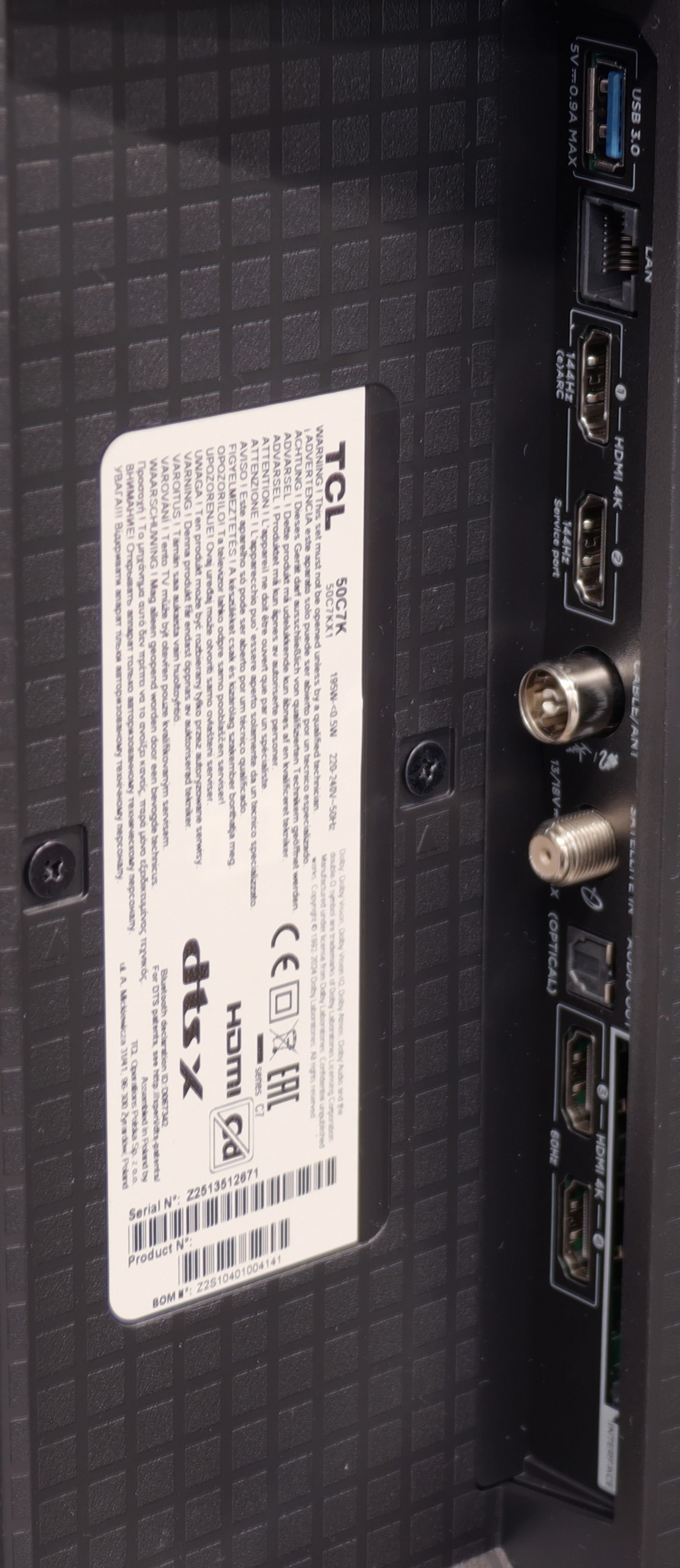

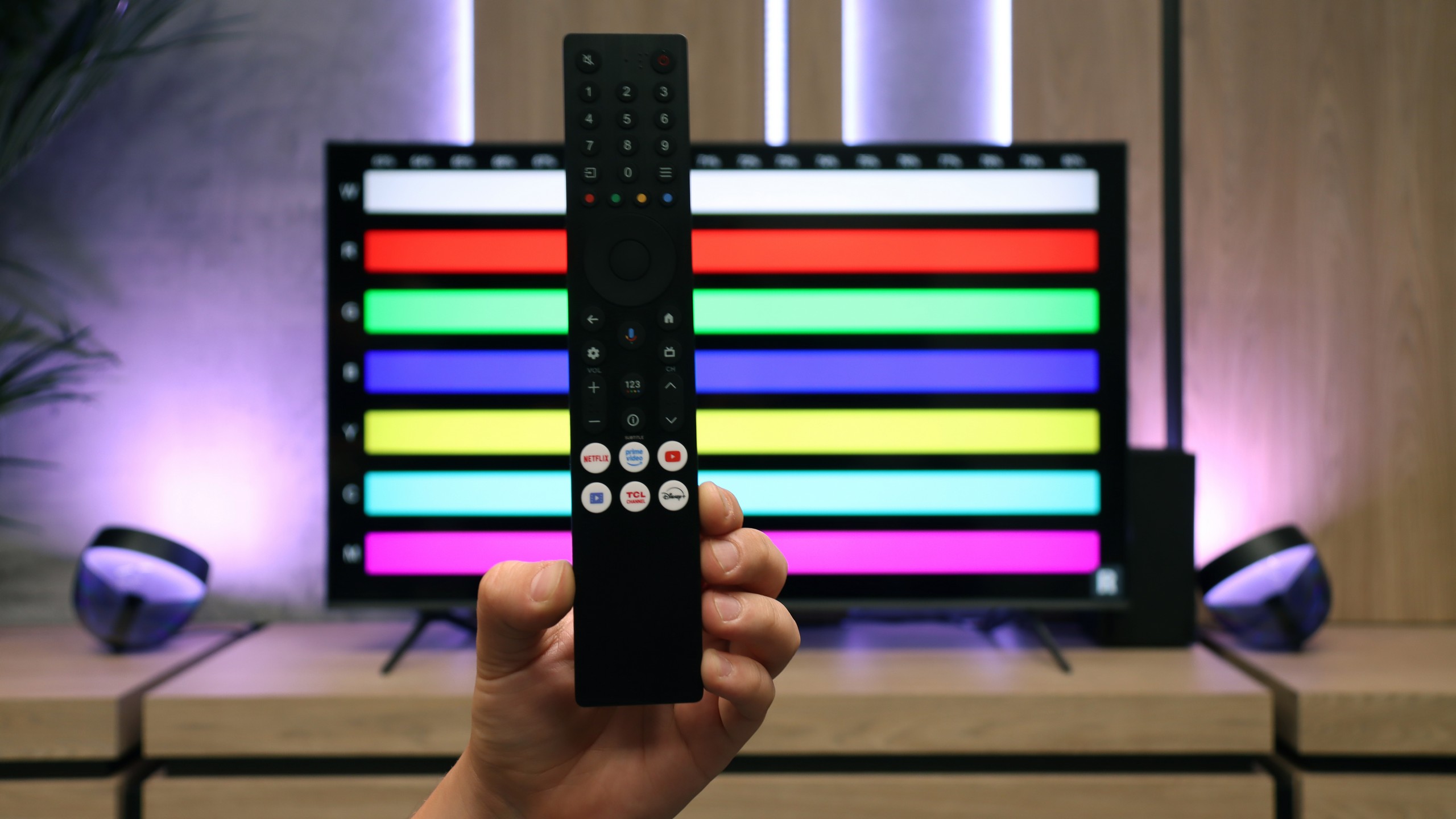
SmartTV: GoogleTV
The greatest strength of the TCL C7K in everyday use is undoubtedly the Google TV system. Thanks to it, we have access to an almost endless library of apps, including more niche ones that are often unavailable on other platforms. The built-in Google Assistant understands Polish, so we can easily ask what's on TV, what the weather is like, and even give a few voice commands to control the television. It's also worth noting the presence of Chromecast and AirPlay, which work smoothly and make life easier.
Usability Features
On the downside, the classic features are somewhat lacking. Of course, we find the basics here – teletext, EPG, or the ability to connect headphones – but that's pretty much it. There's a lack of USB recording functionality or picture-in-picture (PiP) mode, which can sometimes still be found with the competition. It's also worth remembering that the Google TV implementation on TCL can sometimes have oddly translated menu sections or minor interface bugs. These are not issues that hinder everyday use, but detail-oriented individuals may notice them.
The biggest advantage of the C6KS is the Google TV system. It is an environment that offers a lot—ideal for those who prioritize a wide selection of applications and convenient use of streaming services. AirPlay, screen sharing, and voice assistant features work very well here, making everyday use of the television simply convenient.
The support for traditional television is somewhat lacking. Users who expect extensive "TV" features may feel overlooked. Besides the efficiently working Bluetooth remote with a numeric keypad, we won't find conveniences like USB recording or PiP functionality here.
Playing files from USB
9.2/10
8.9/10
Supported photo formats:
Maximum photo resolution:
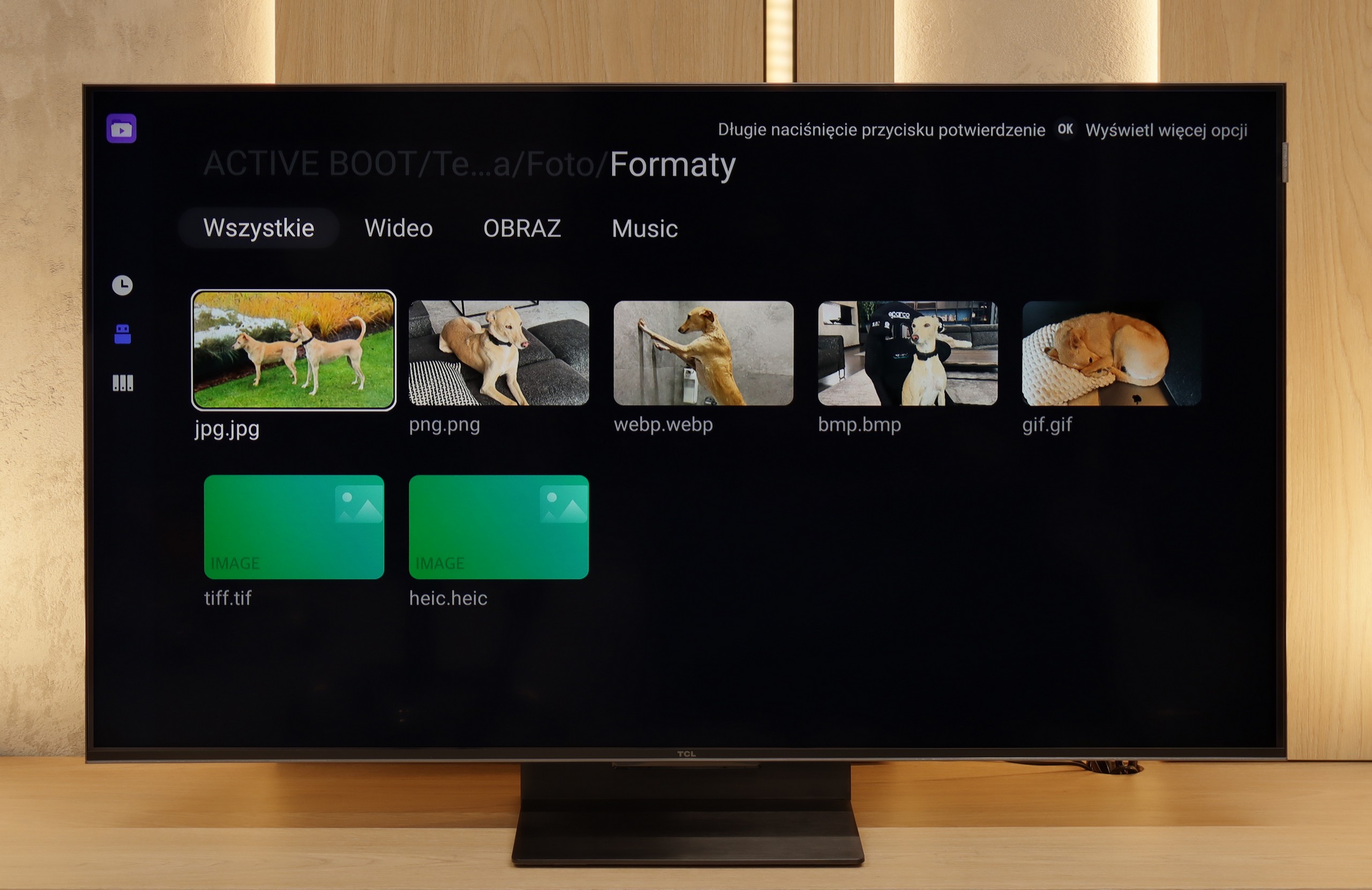
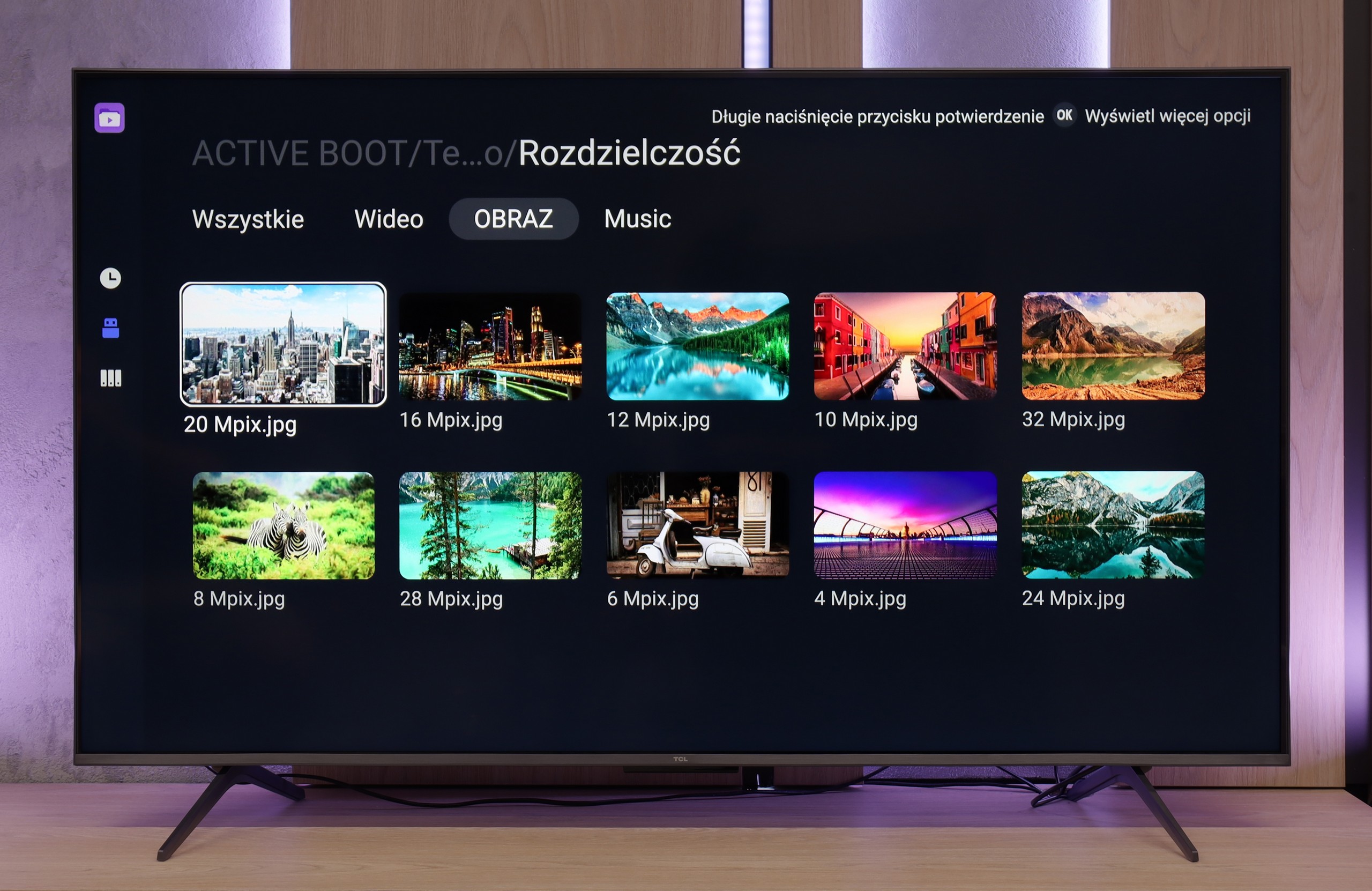
The built-in media player in the TCL C7K performs really well. It supports most popular audio and video formats, so if we want to quickly throw something from a USB drive and play it – there shouldn’t be any problem. Of course, as is usually the case, there are some minor shortcomings – not every exotic codec will work (Apple's HEIC), not all subtitles will be perfectly synchronized (txt.). However, this is where the biggest advantage of this TV comes in, which is Google TV. With access to the Google Play store, we can easily install an alternative player, like VLC, and then no file is intimidating to us.
The system player really delivers and smoothly handles popular formats. The only hiccup occurs with files from the Apple ecosystem (e.g., HEIC) – here, TCL simply gives up. Fortunately, a huge plus of Google TV is that you can install your own application, such as VLC. This way, you can quickly address the shortcomings of the factory player, allowing you to play practically any material, customizing the TV to your preferences.
Apps
9.6/10
9.6/10














































Sound
7/10
6.5/10
- Maximum volume76dB-
- Dolby Digital Plus 7.1
- Dolby True HD 7.1
- Dolby Atmos in Dolby Digital Plus (JOC)
- Dolby Atmos in Dolby True HD
- DTS:X in DTS-HD MA
- DTS-HD Master Audio
To be honest, we didn't expect much from the sound in the 50-inch version of the C7K model. Usually, in such sizes, it's hard to get anything more than a thin, flat sound. But here – a pleasant surprise. The sound turned out to be really enjoyable, with good clarity and even a slightly perceptible bass. This is probably related to TCL's new collaboration with the Bang & Olufsen brand, which is new for 2025. Whether the C7K actually features original drivers from the Danish premium brand – we can't confirm. But the final effect is still deserving of a plus. For a TV without a soundbar – it sounds quite nice.
TCL C6KS performs almost identically to the C6K model, as it uses the same set of speakers branded by Onkyo. For a television of this class, the sound is quite good — you can even sense a slightly defined bass, which is not often found in budget segments. However, it is worth remembering the proper perspective. This bass performs decently against other televisions, but a home theater setup or even a basic soundbar will still offer a much fuller, more dynamic sound. Therefore, the C6KS is suitable for regular television watching, but if someone is keen on a stronger sound, additional audio equipment will be a natural choice.
Acoustic Measurements
76dBC (Max)
75dBC
No acoustic data
